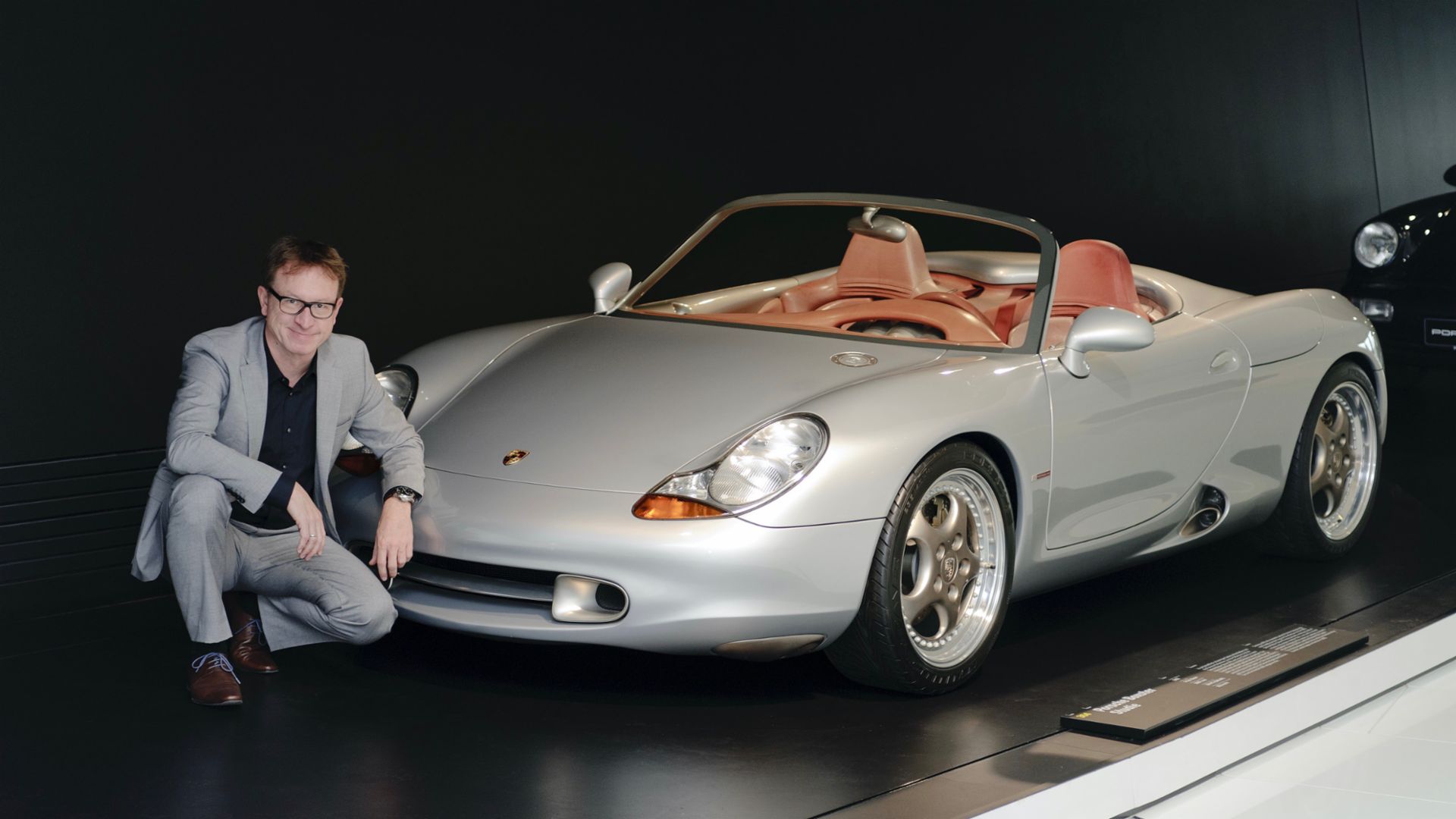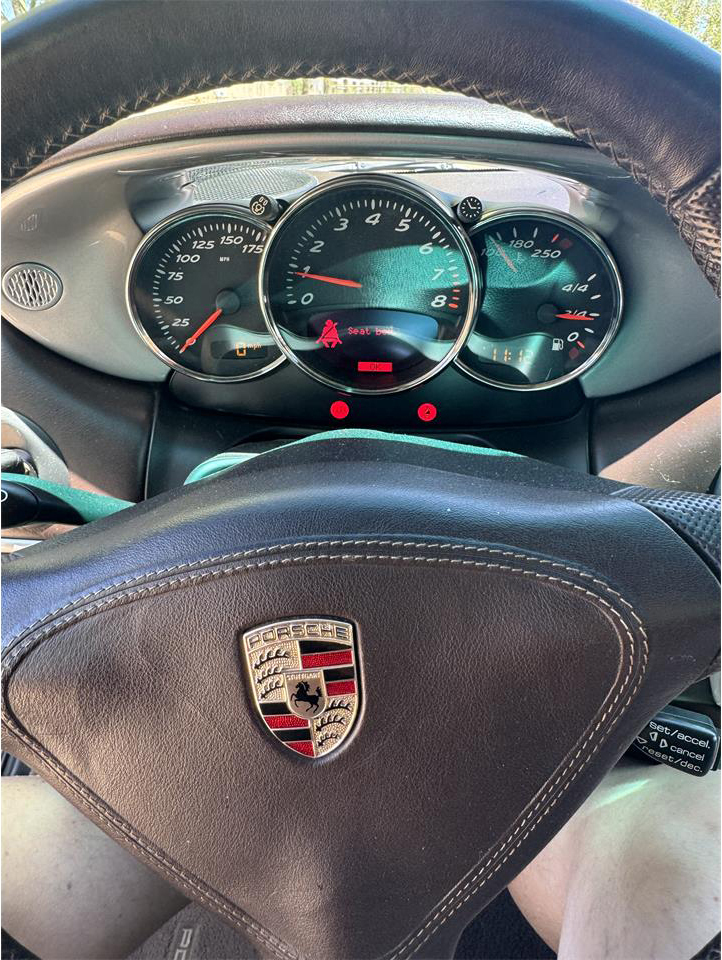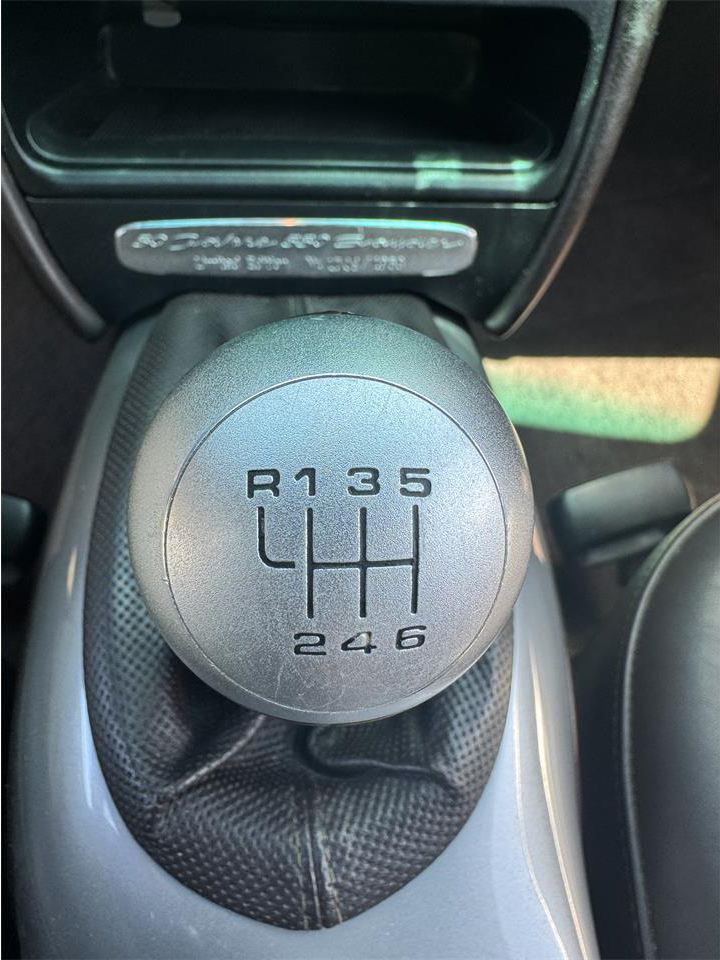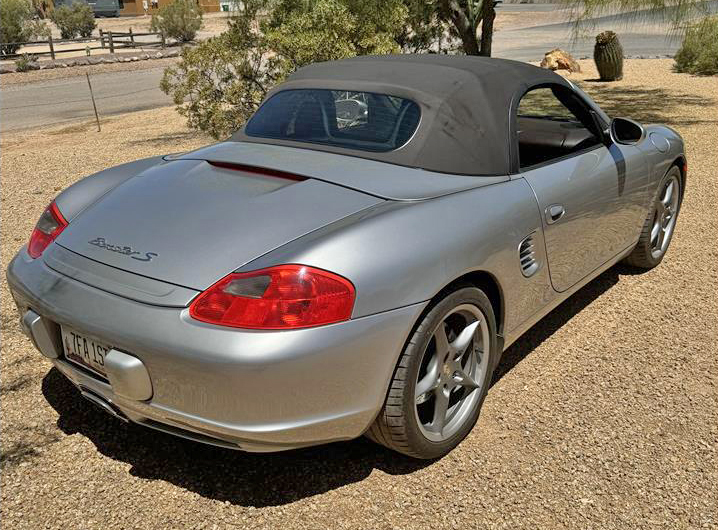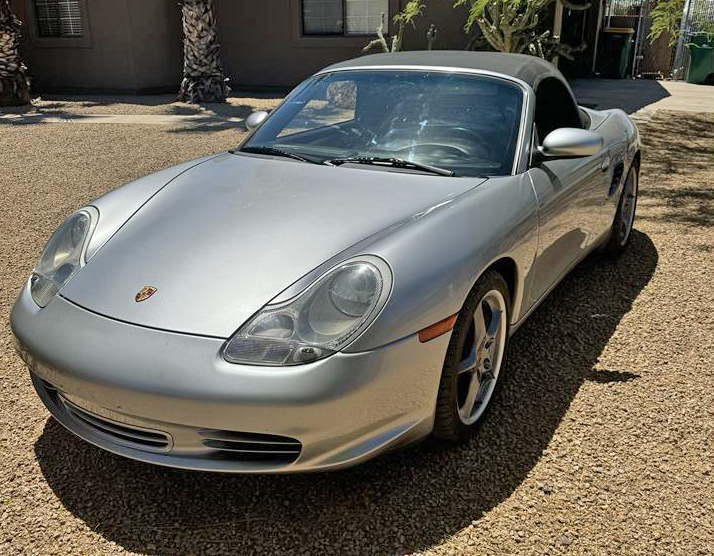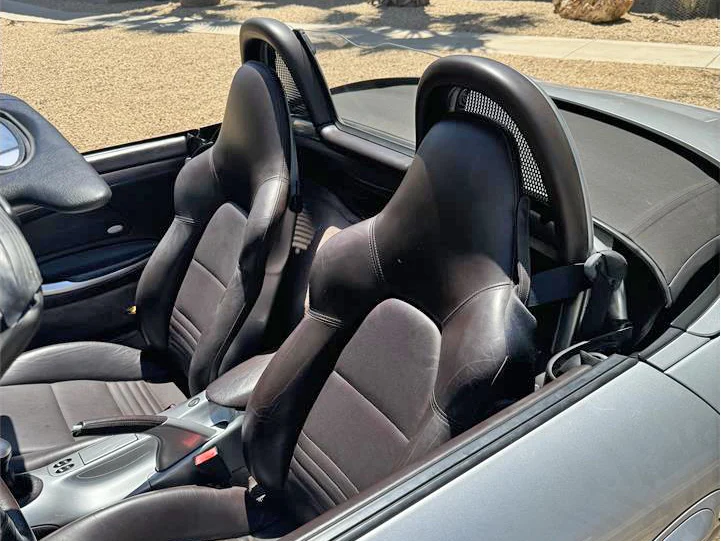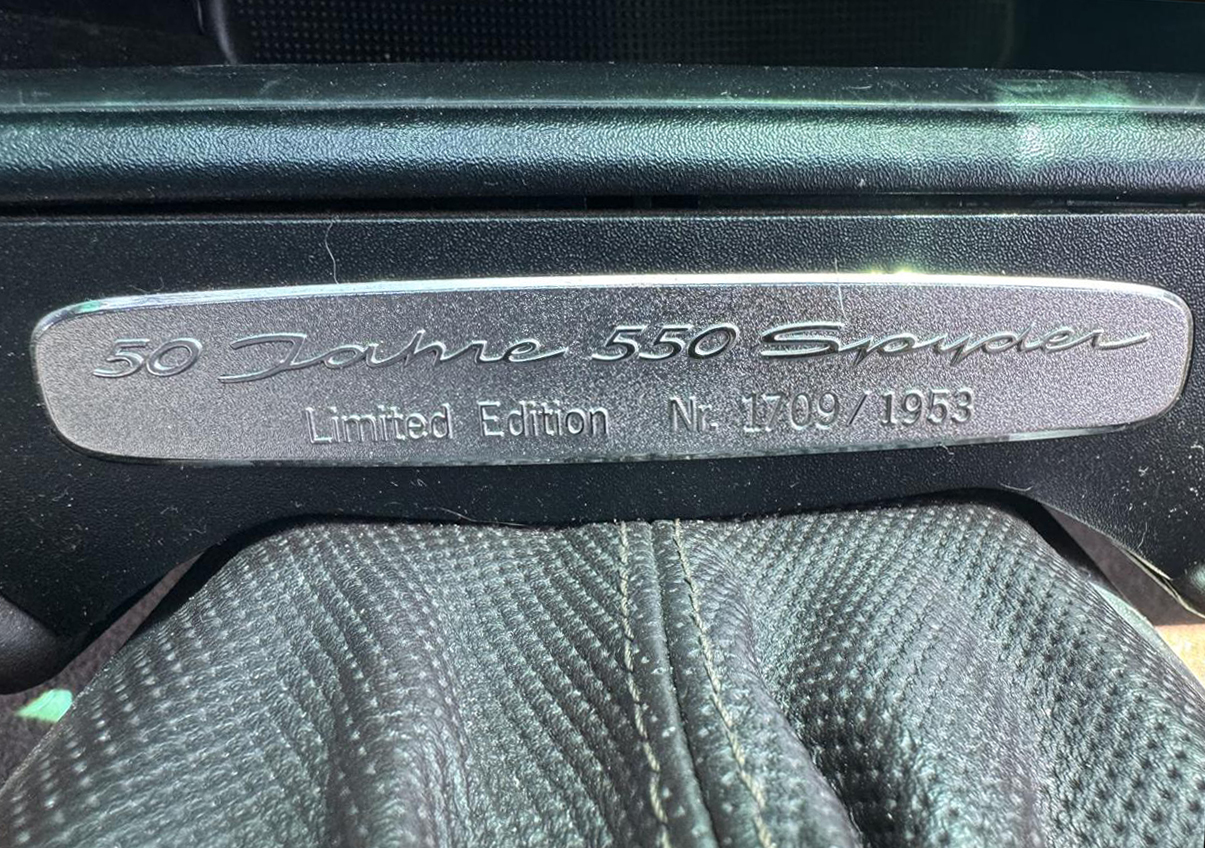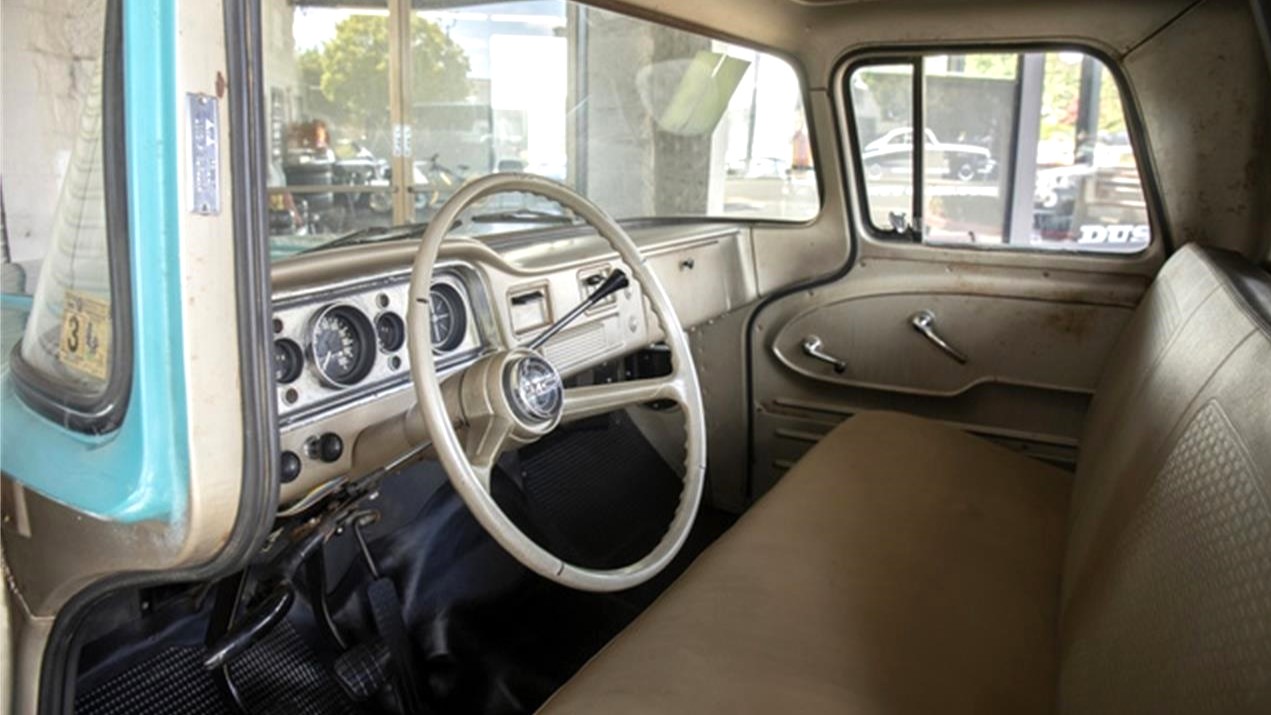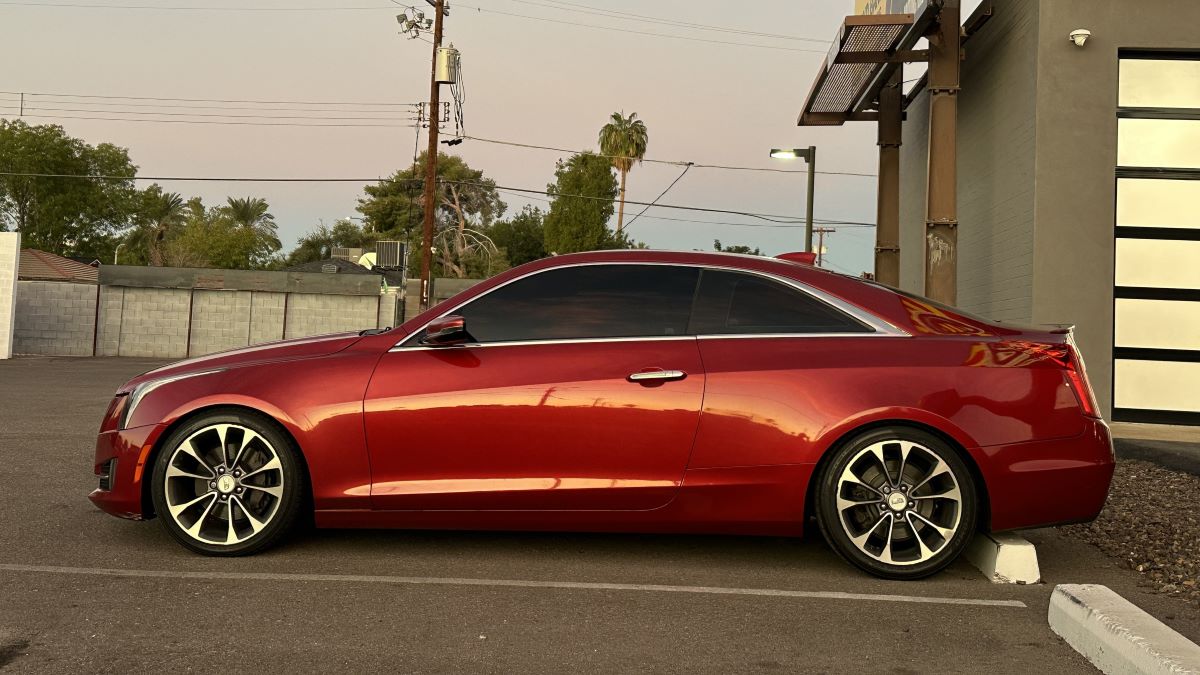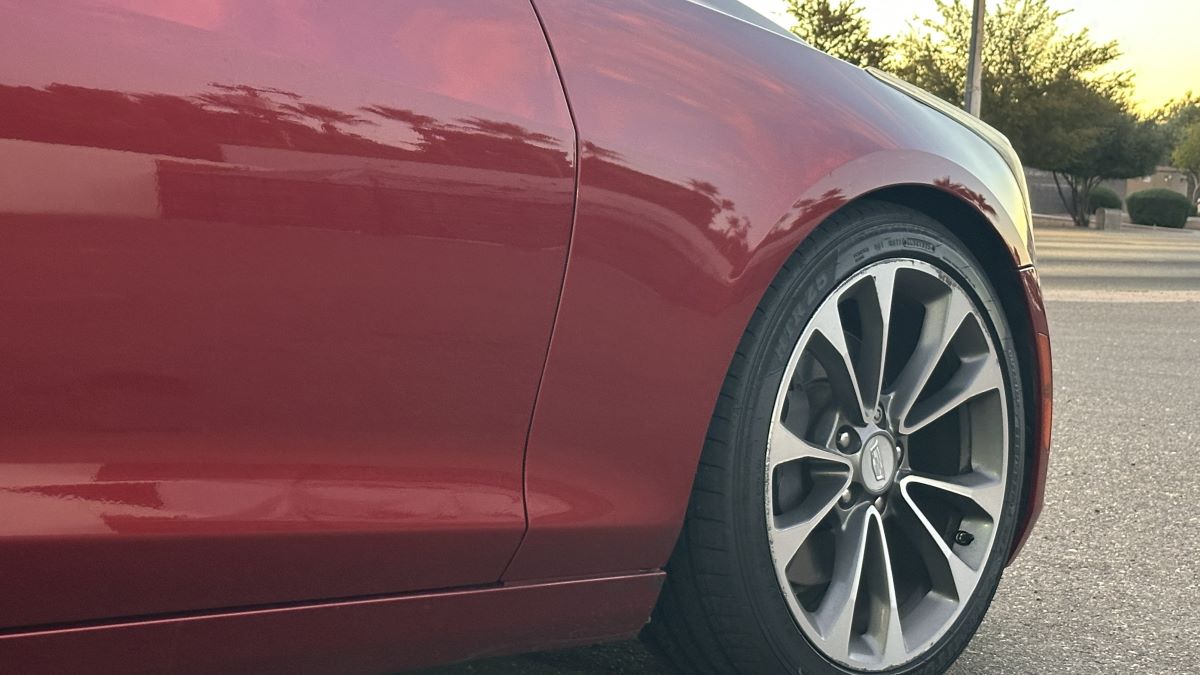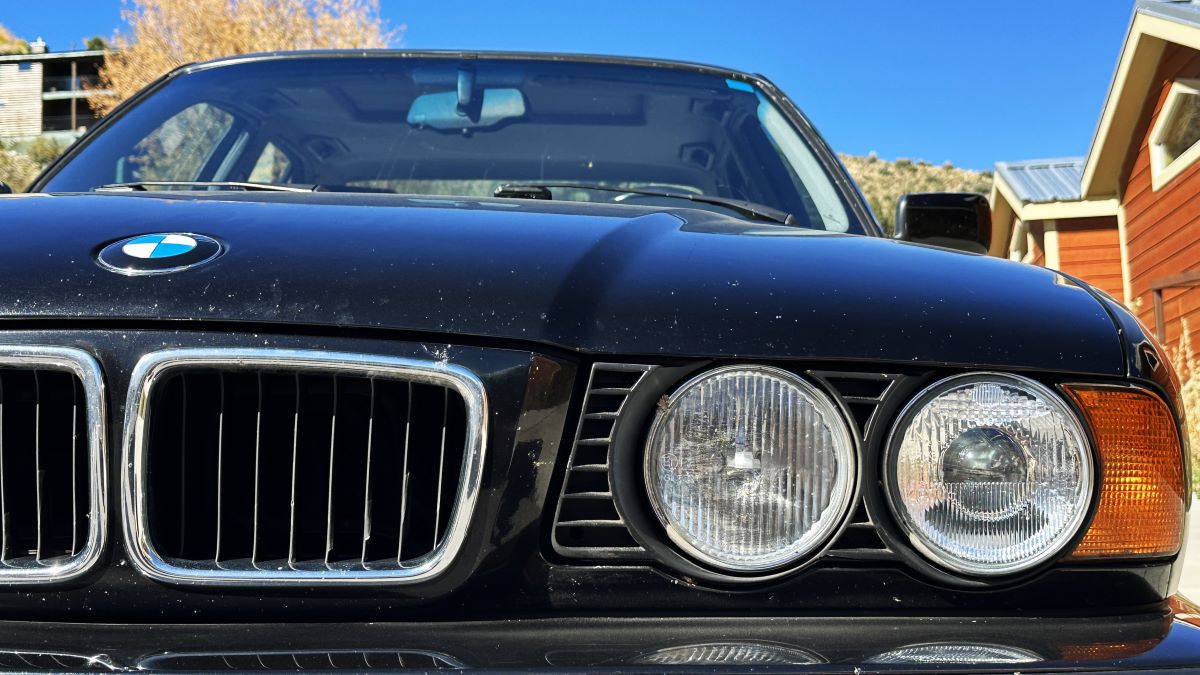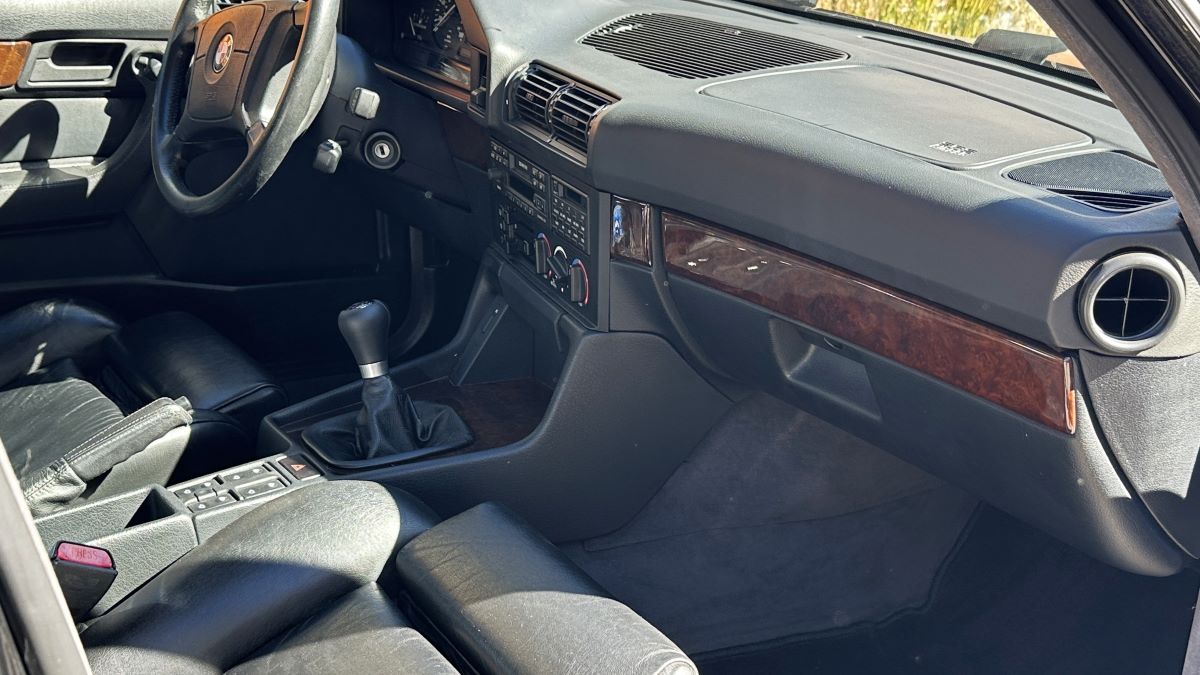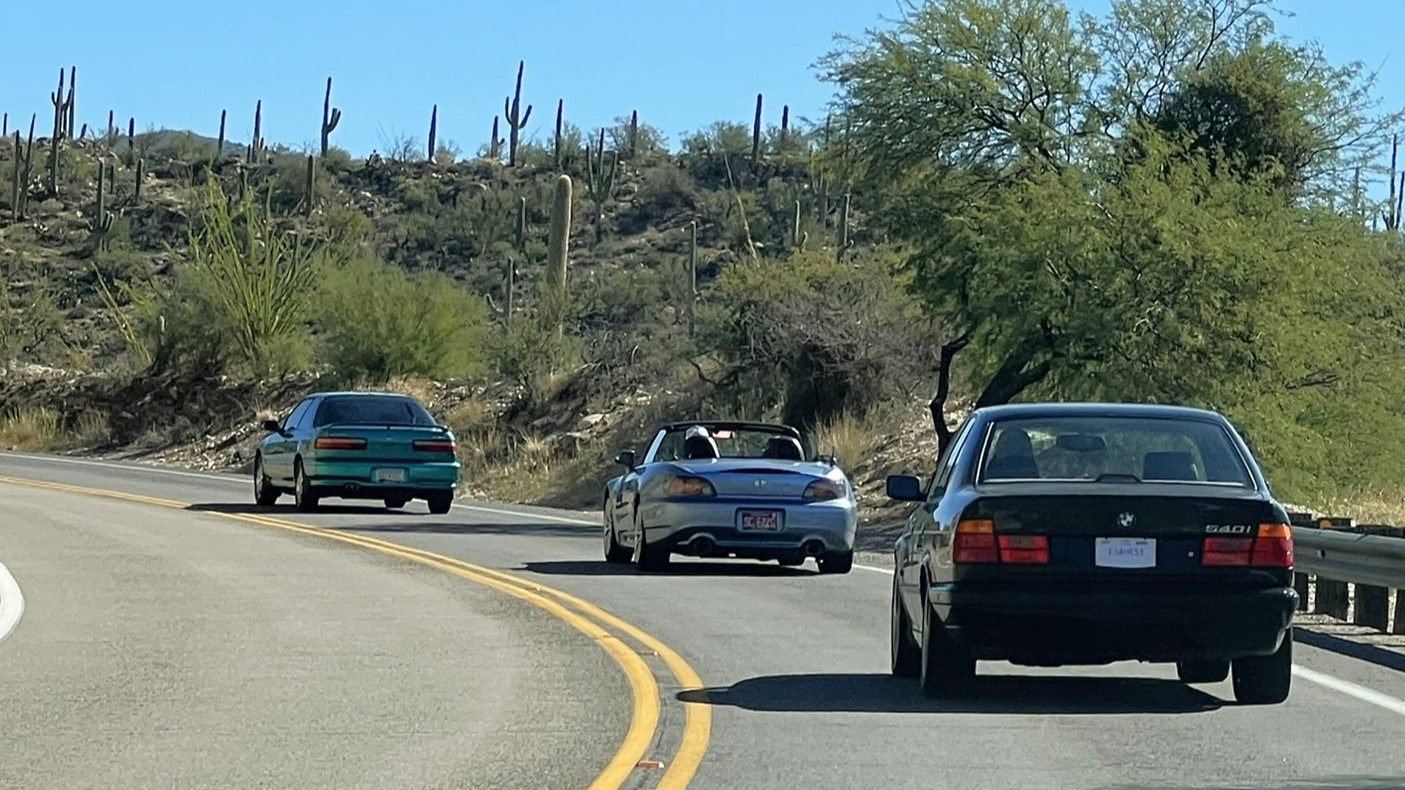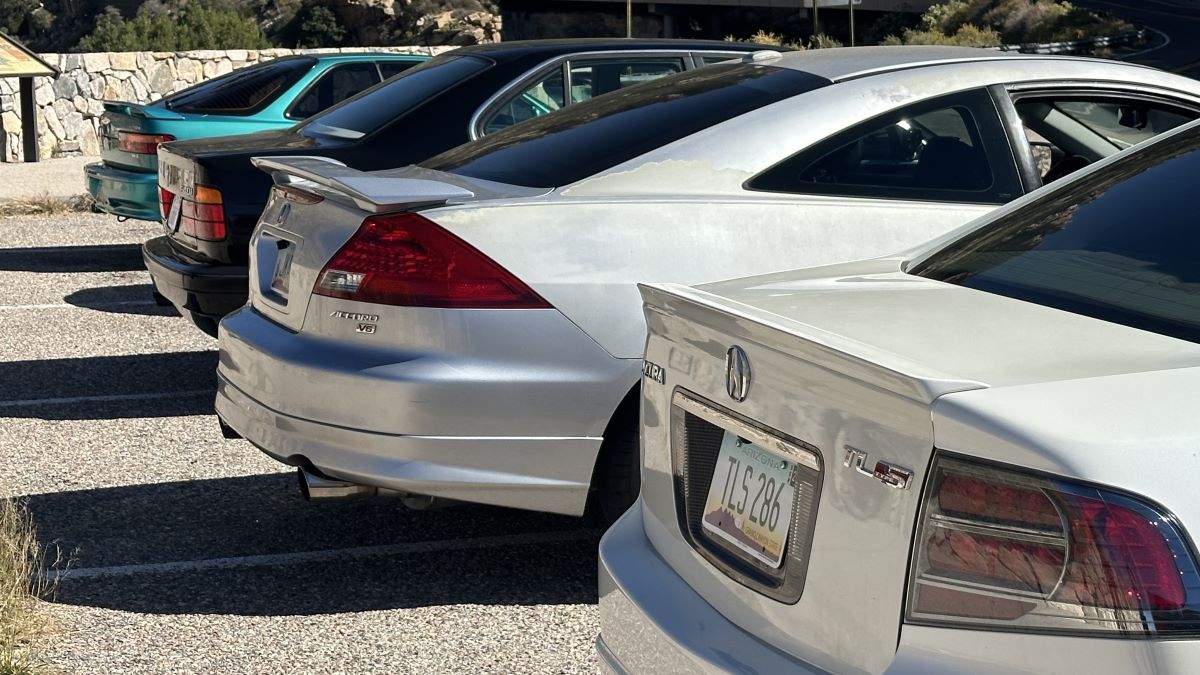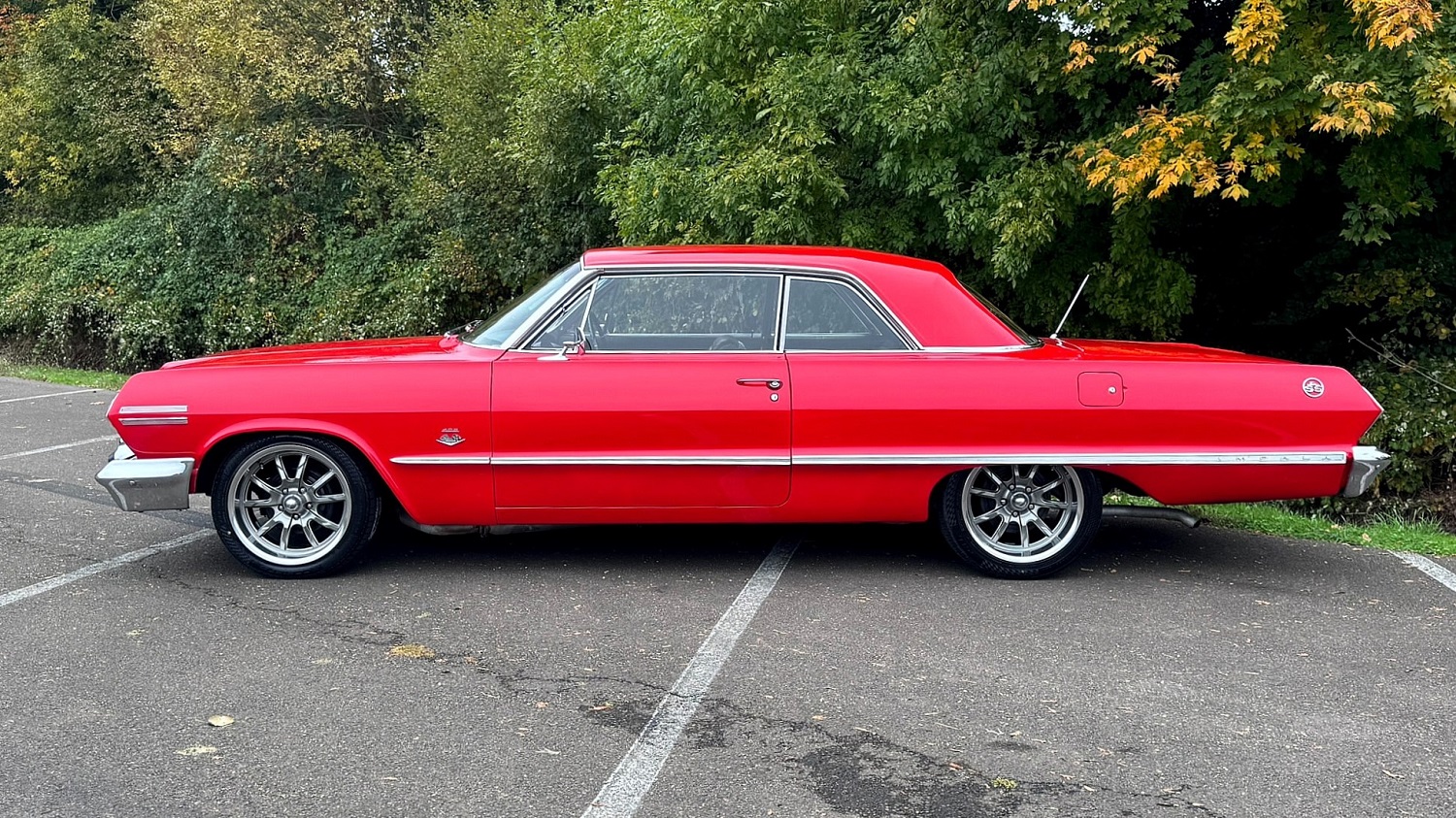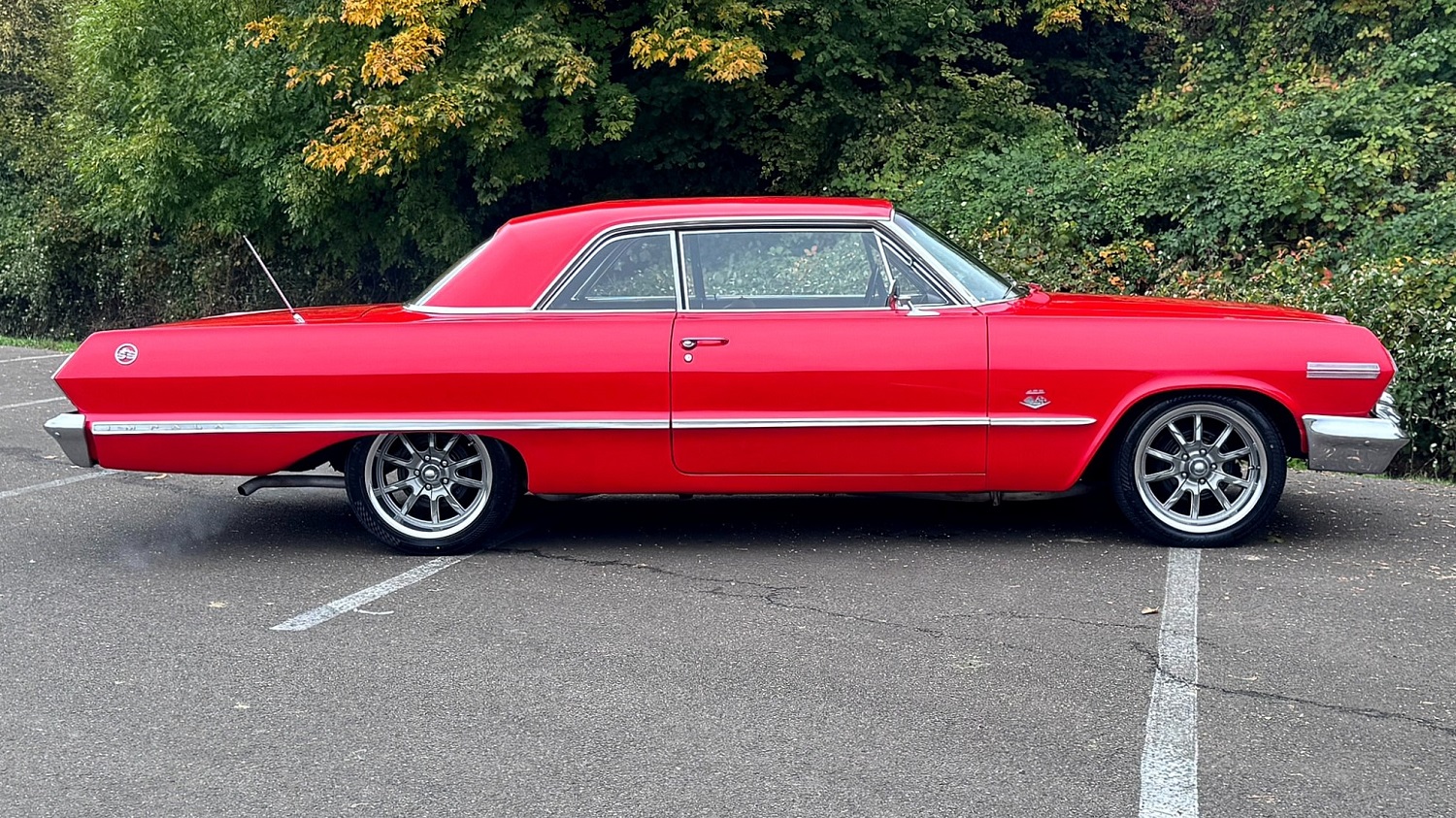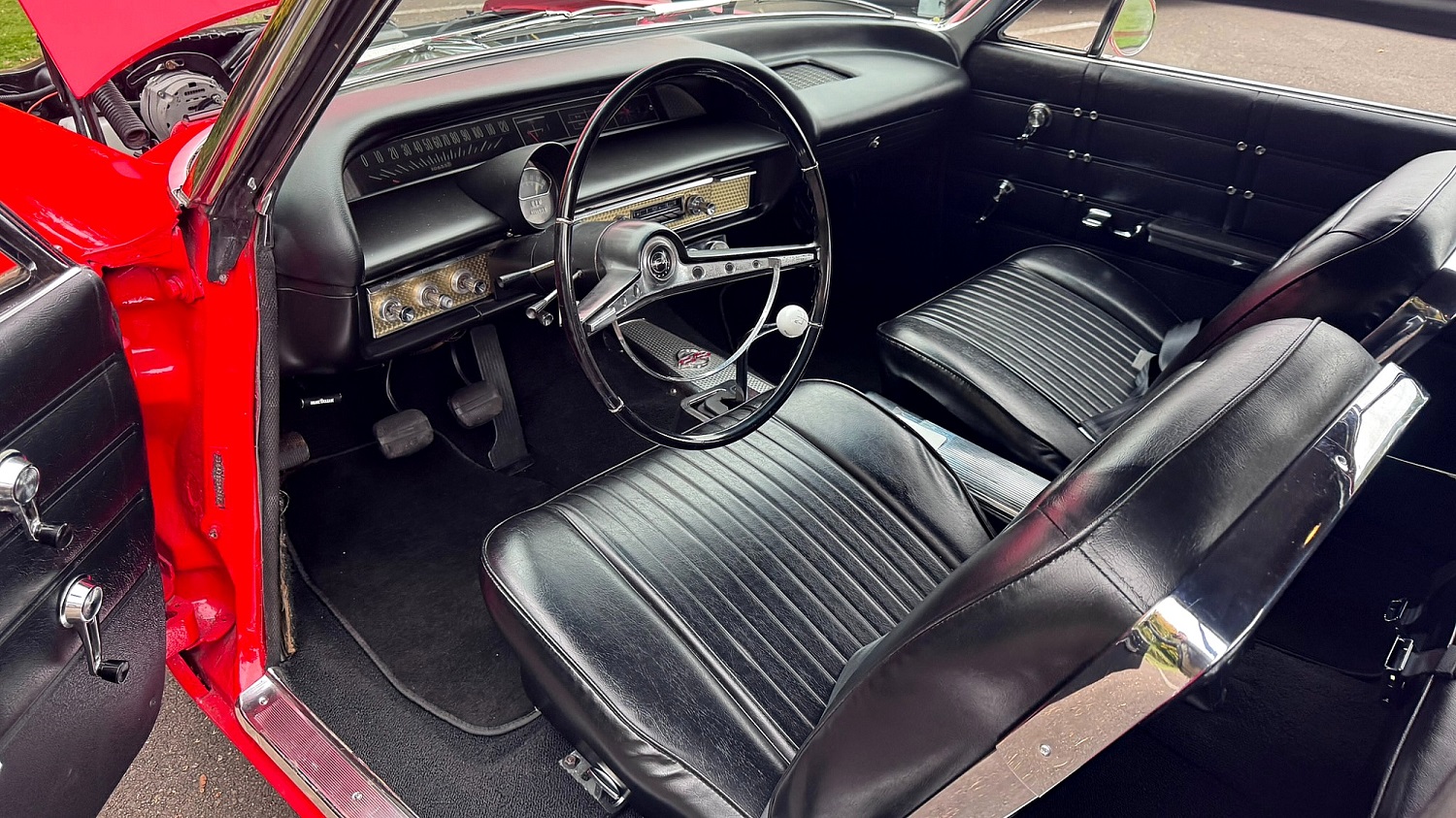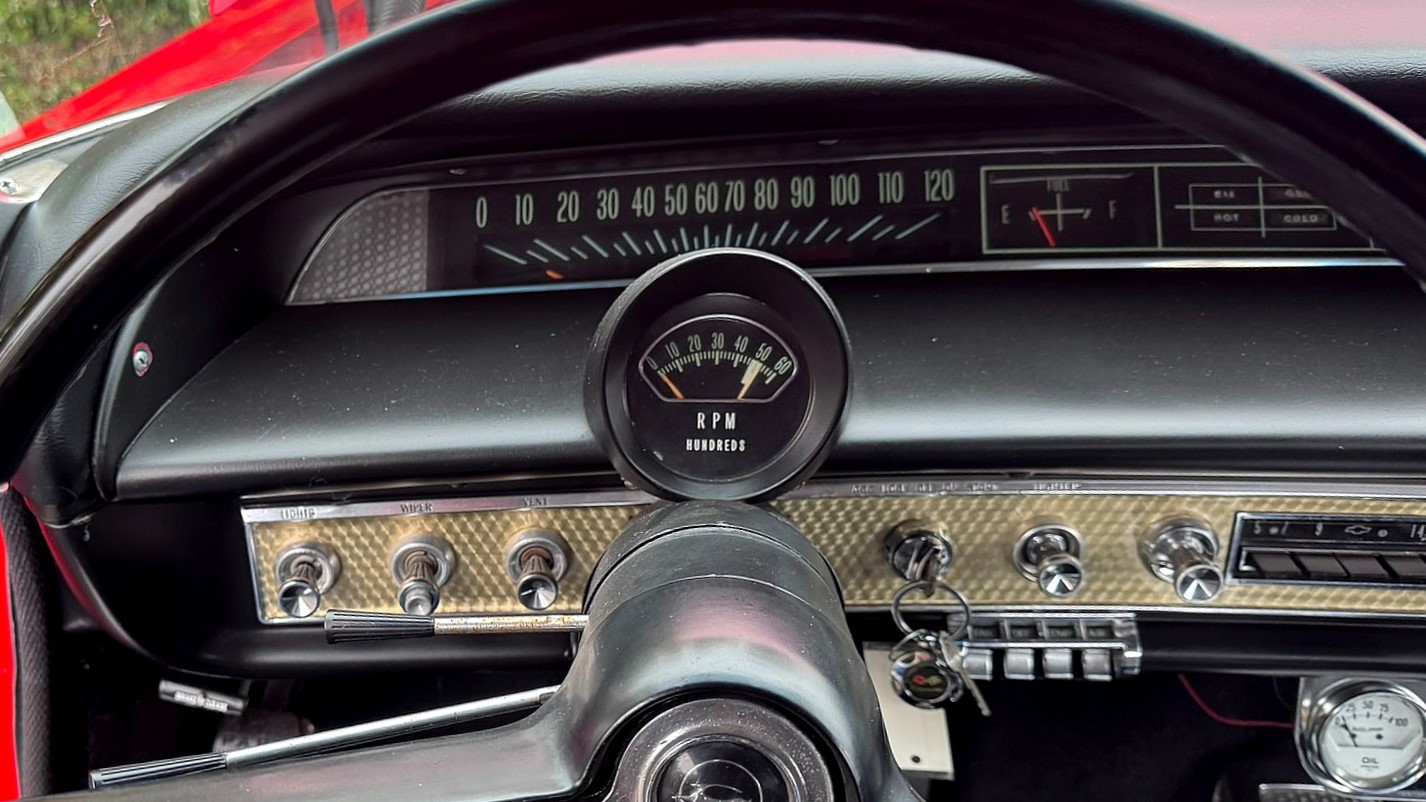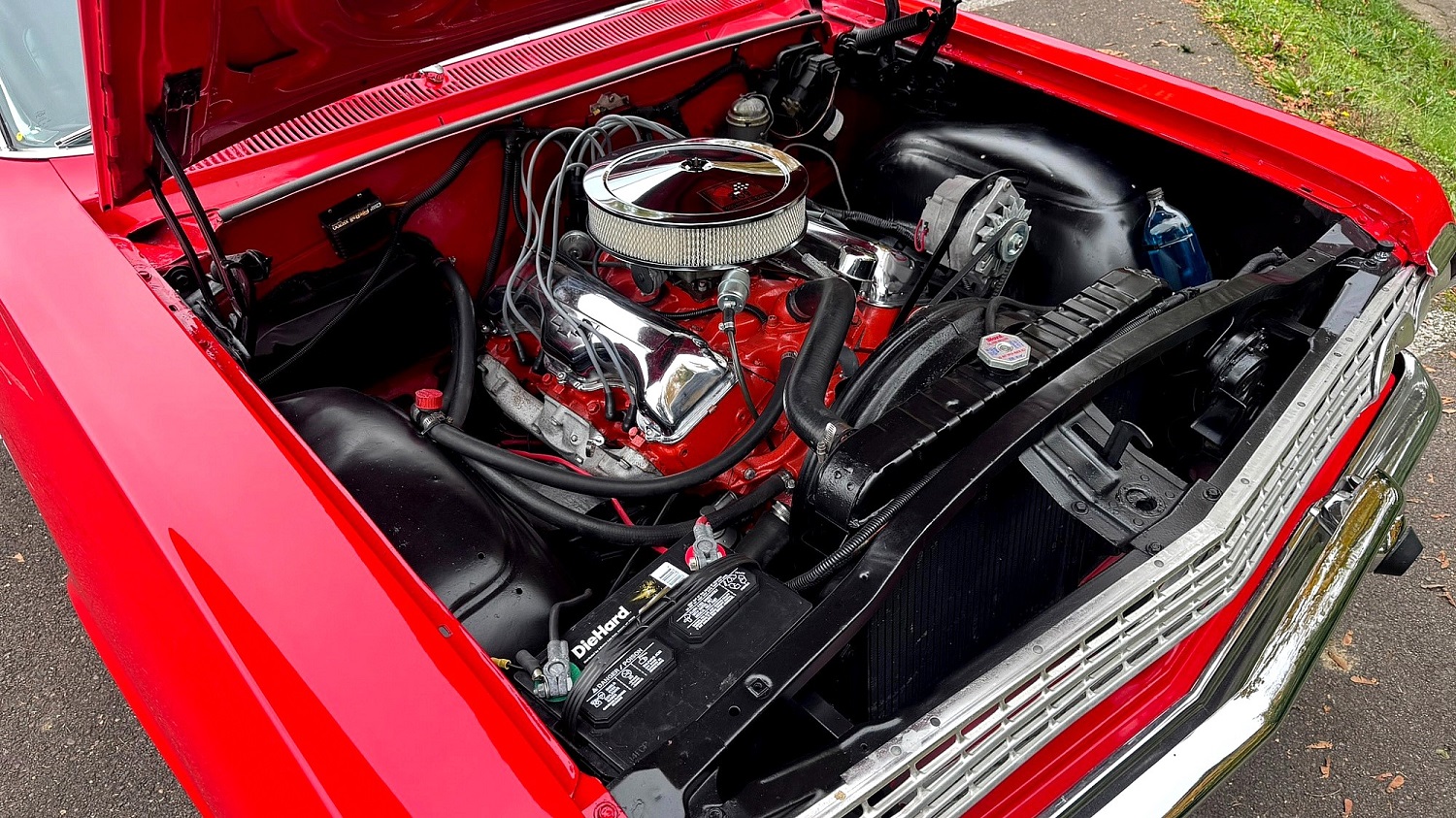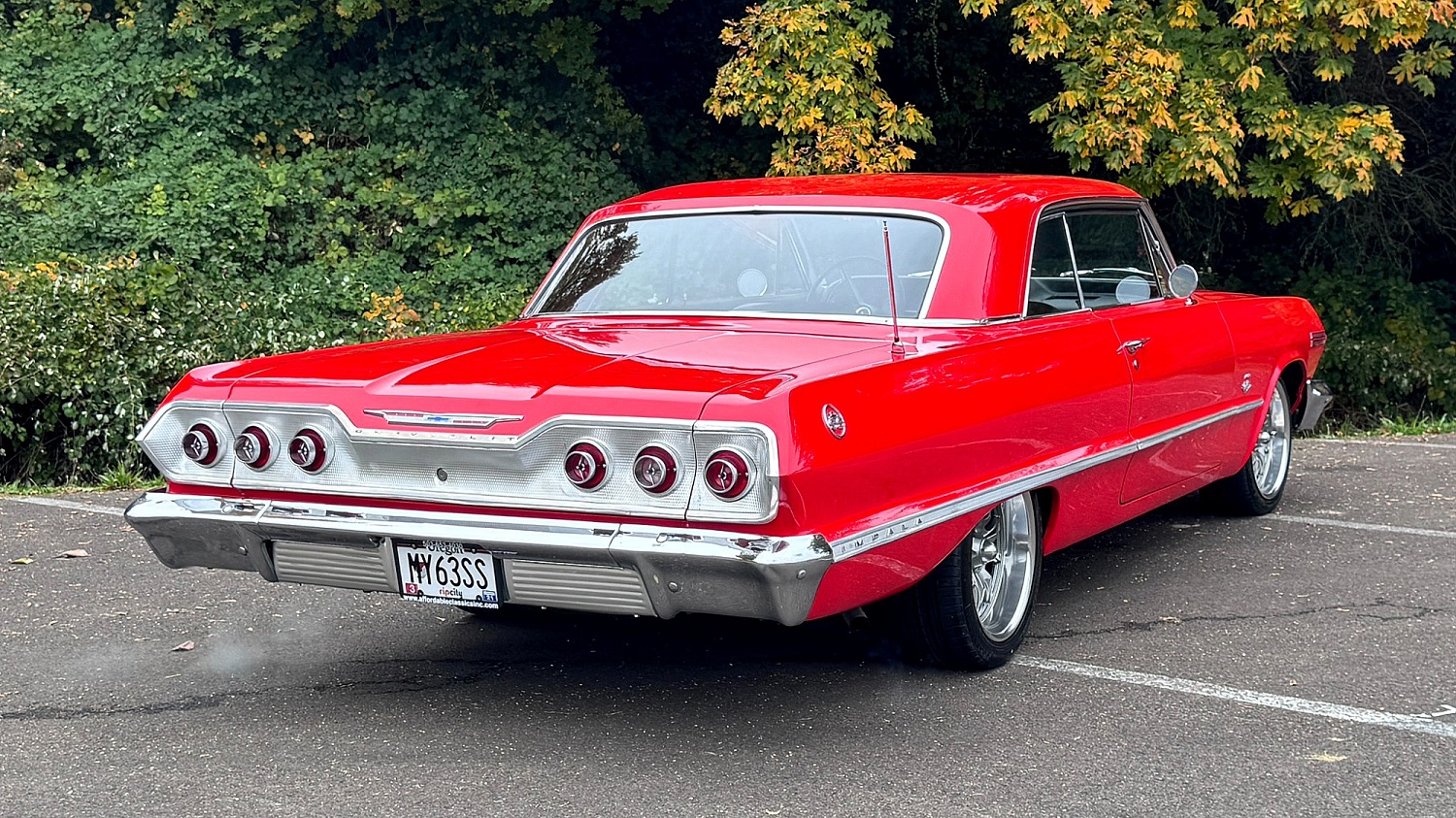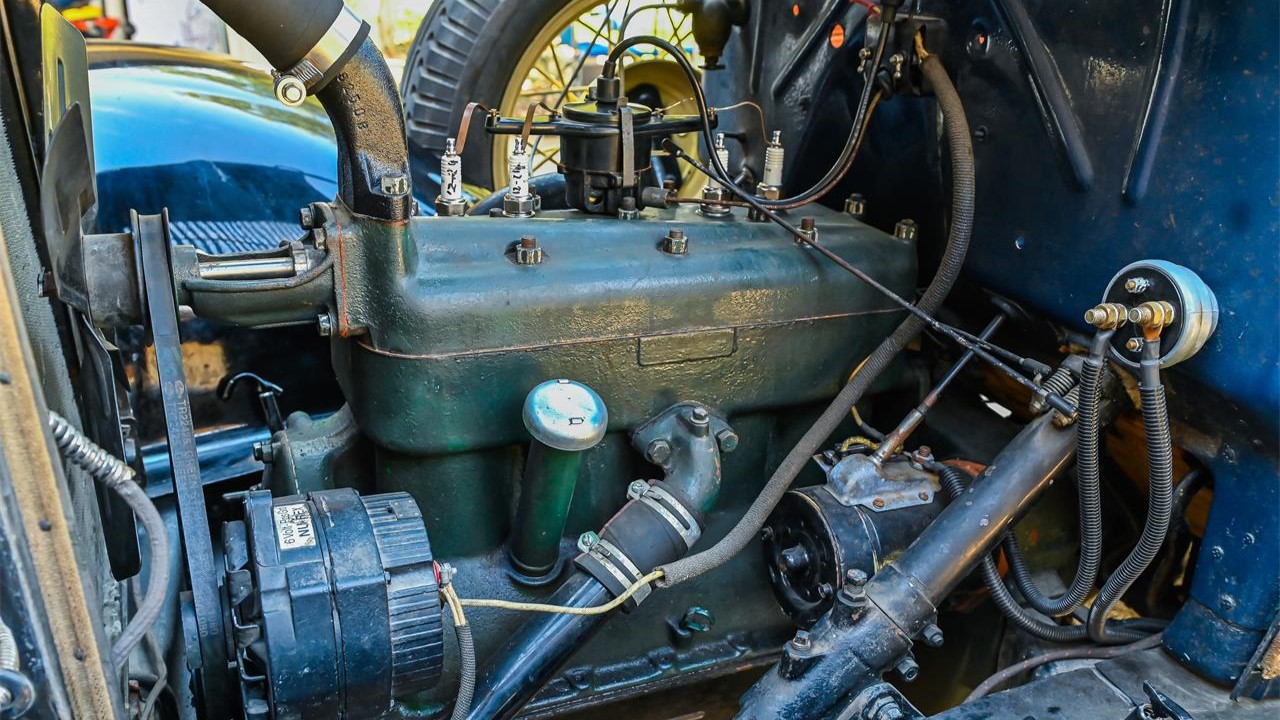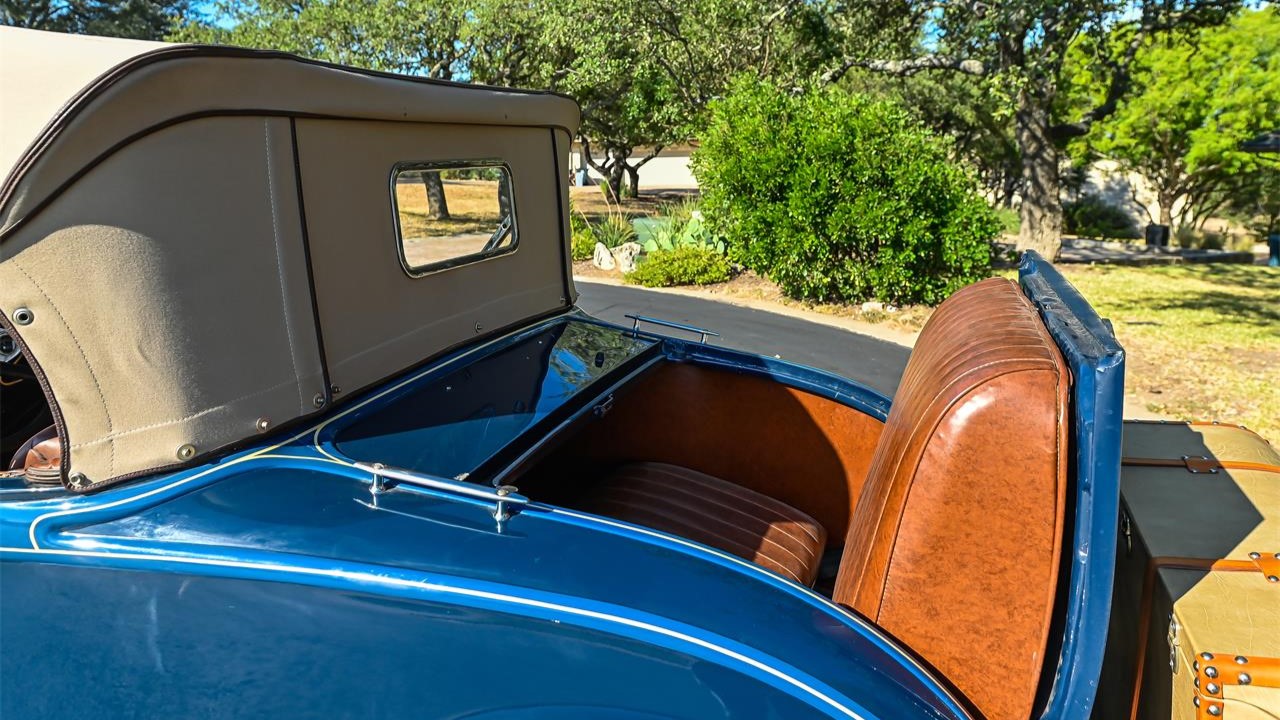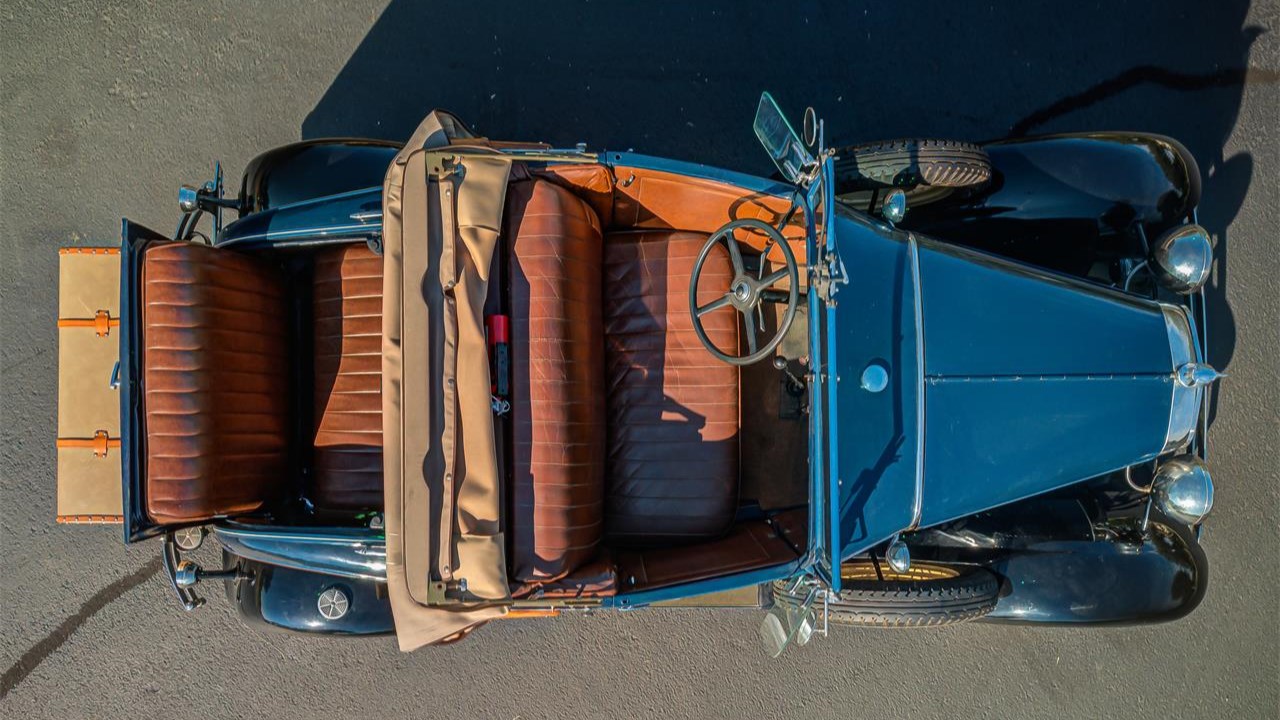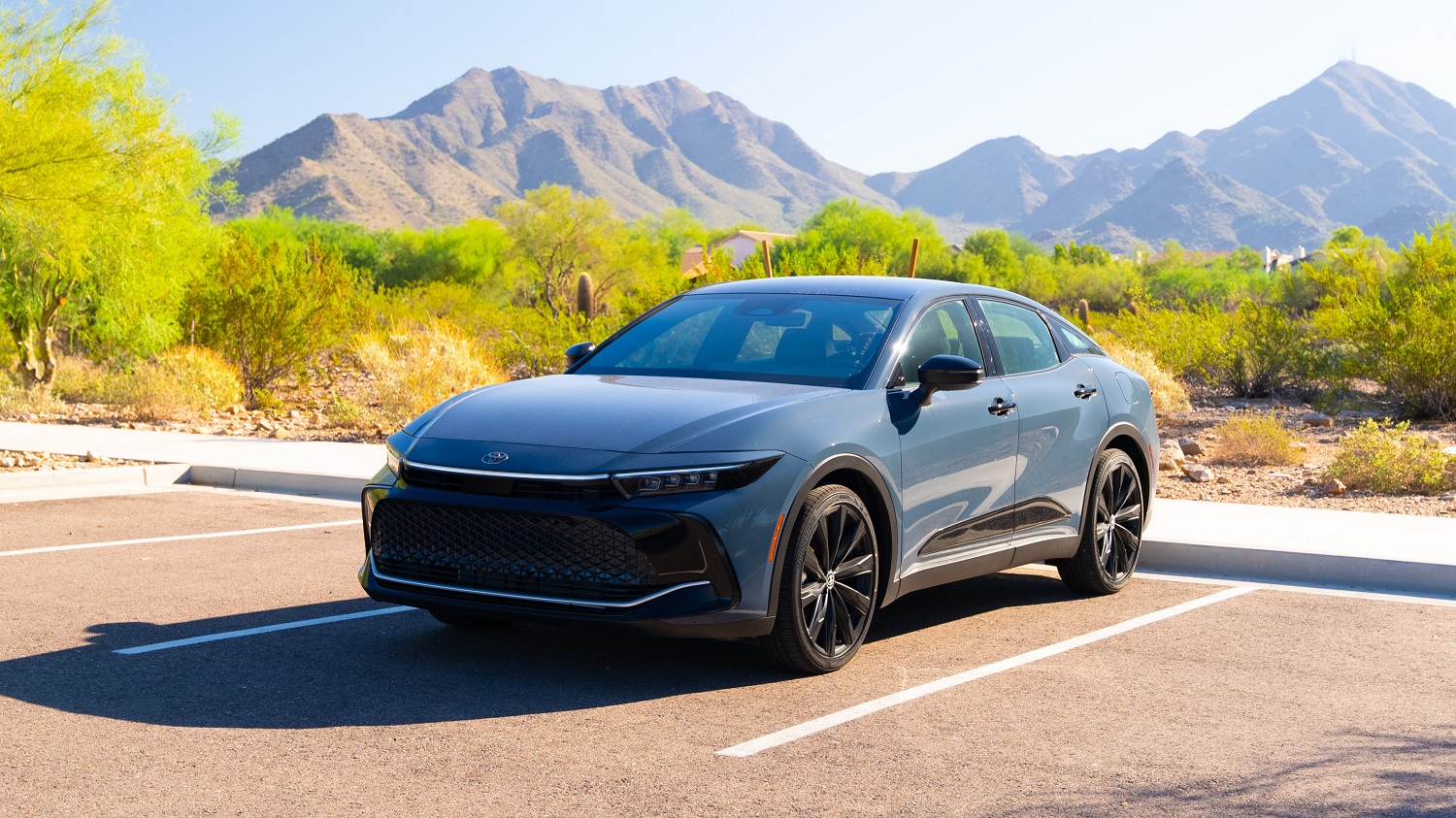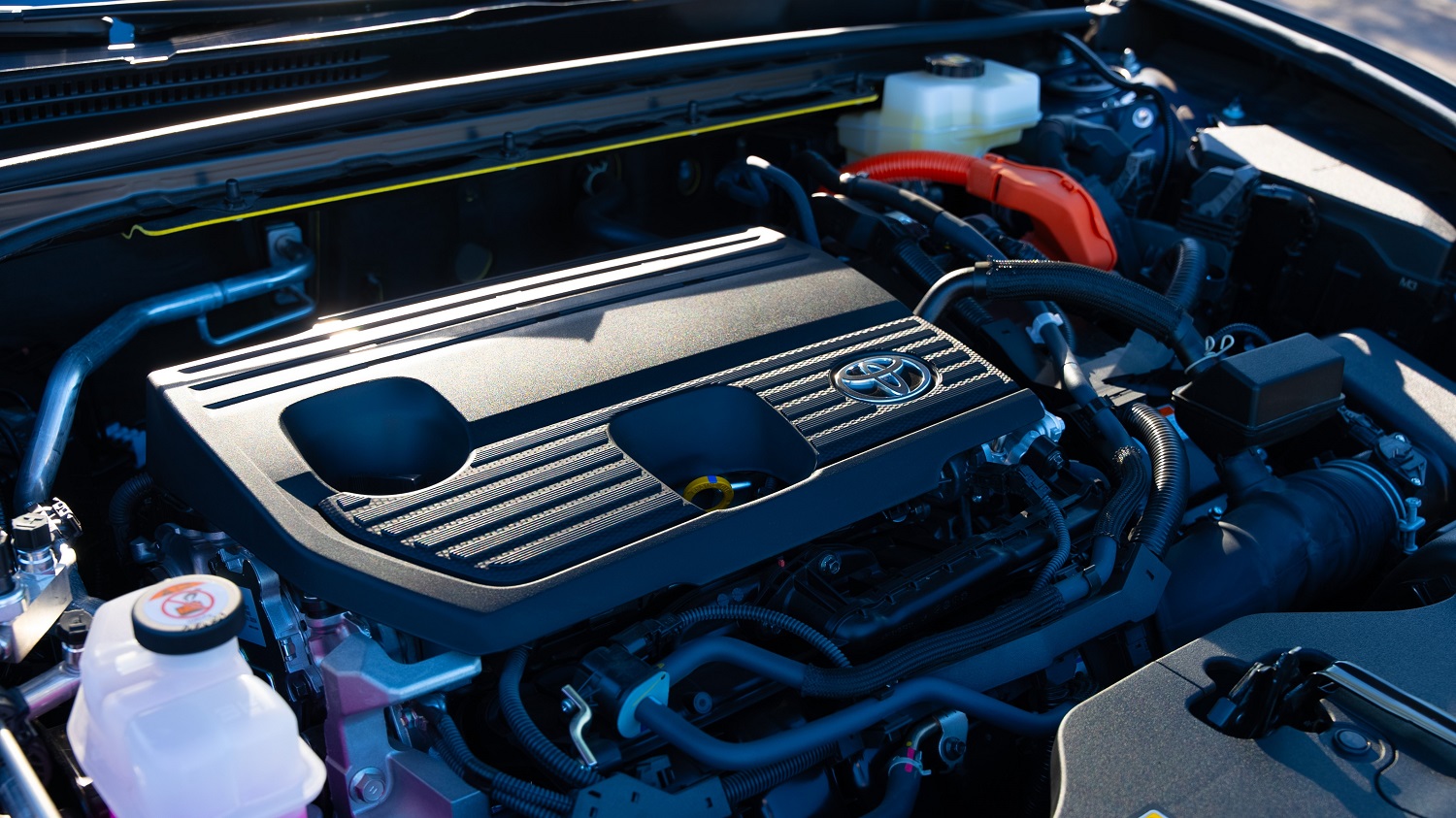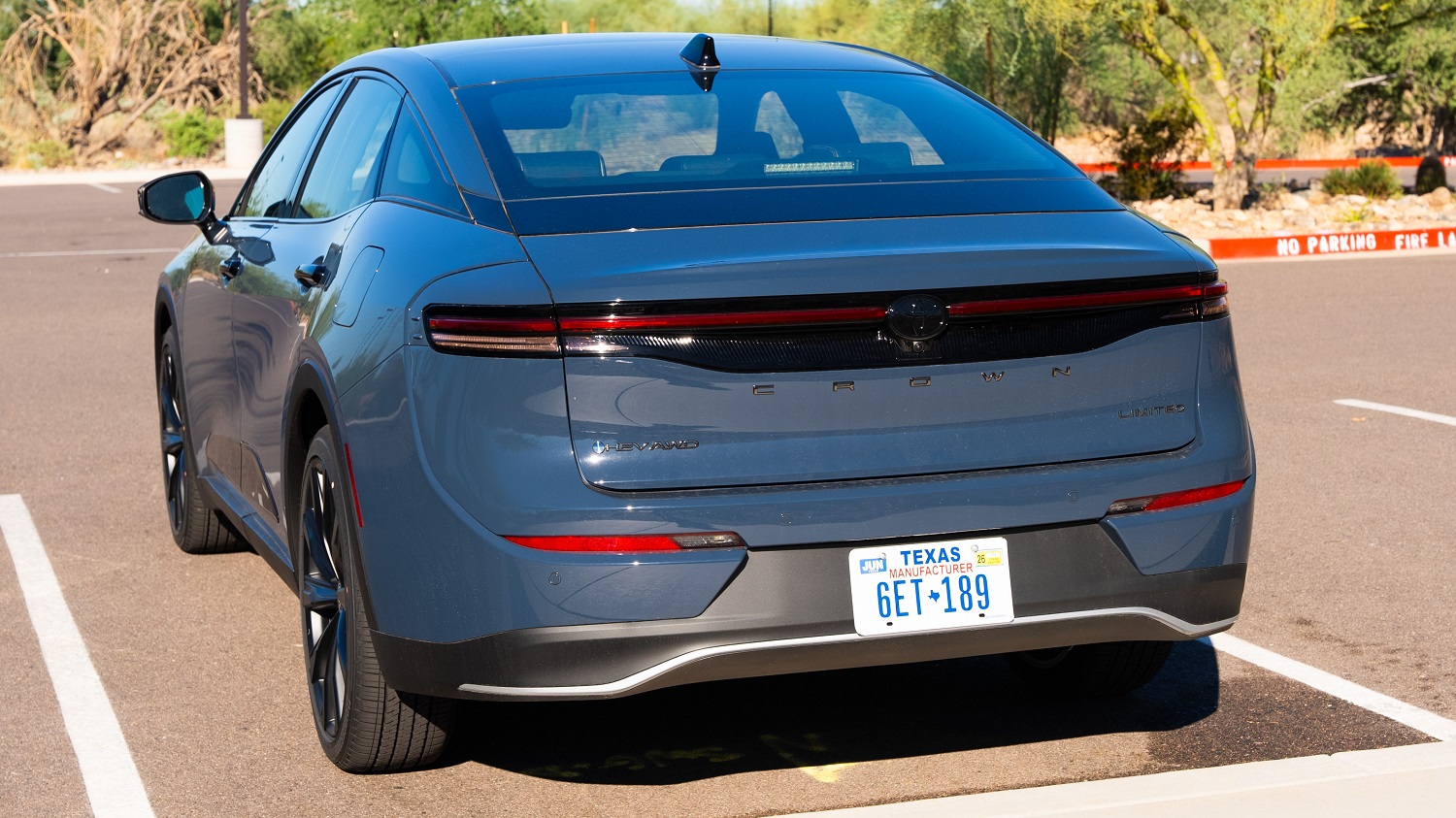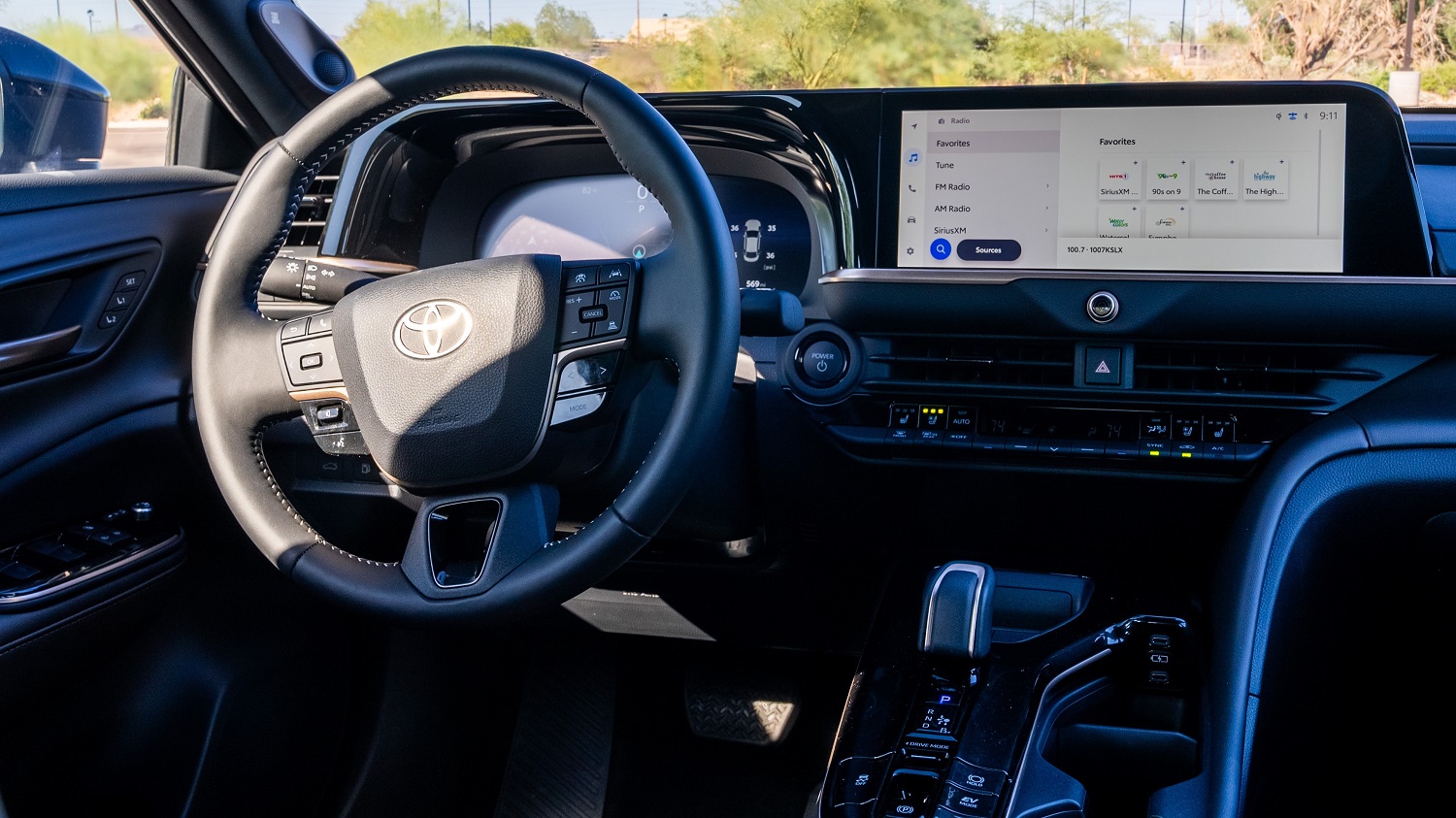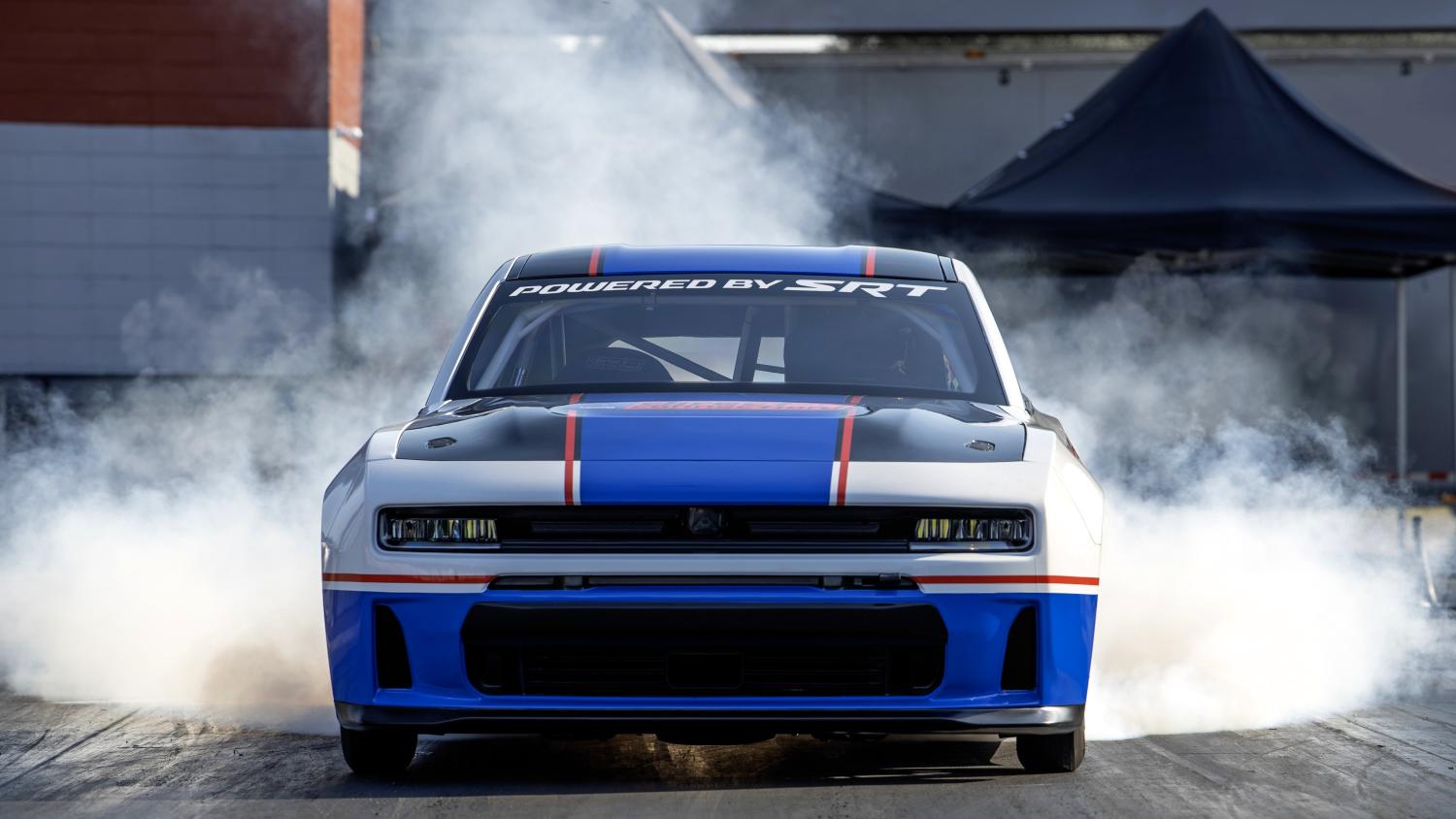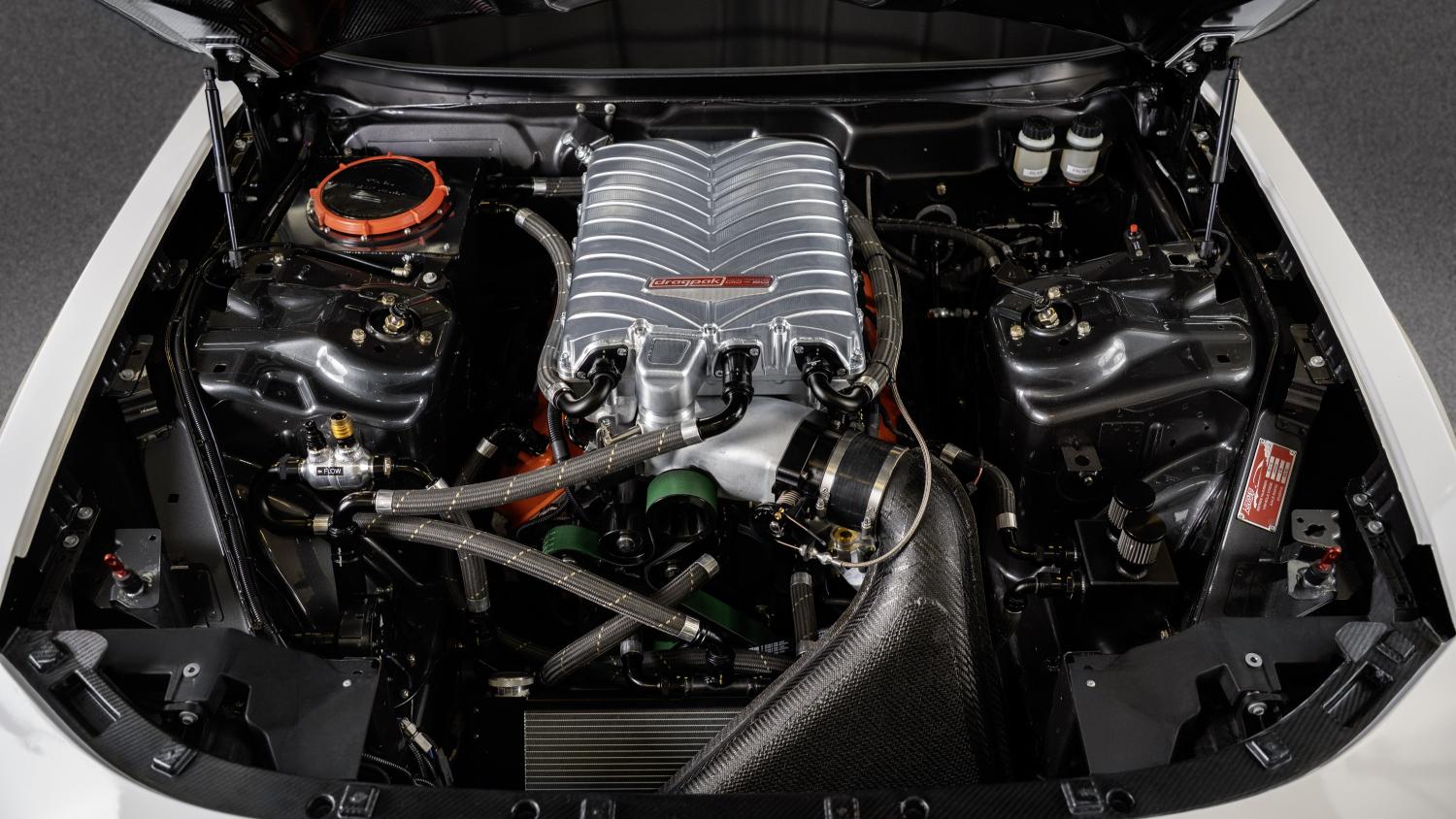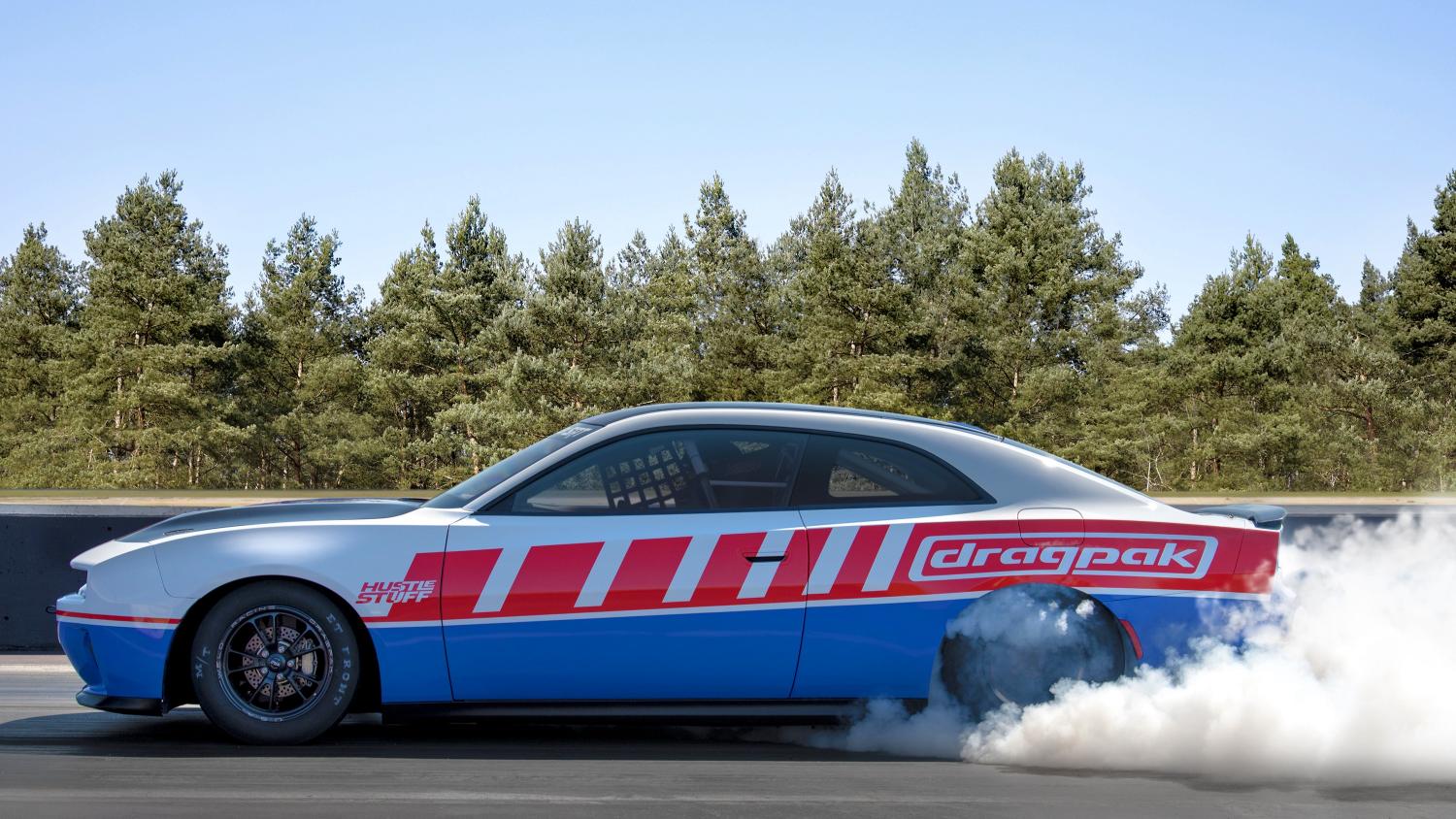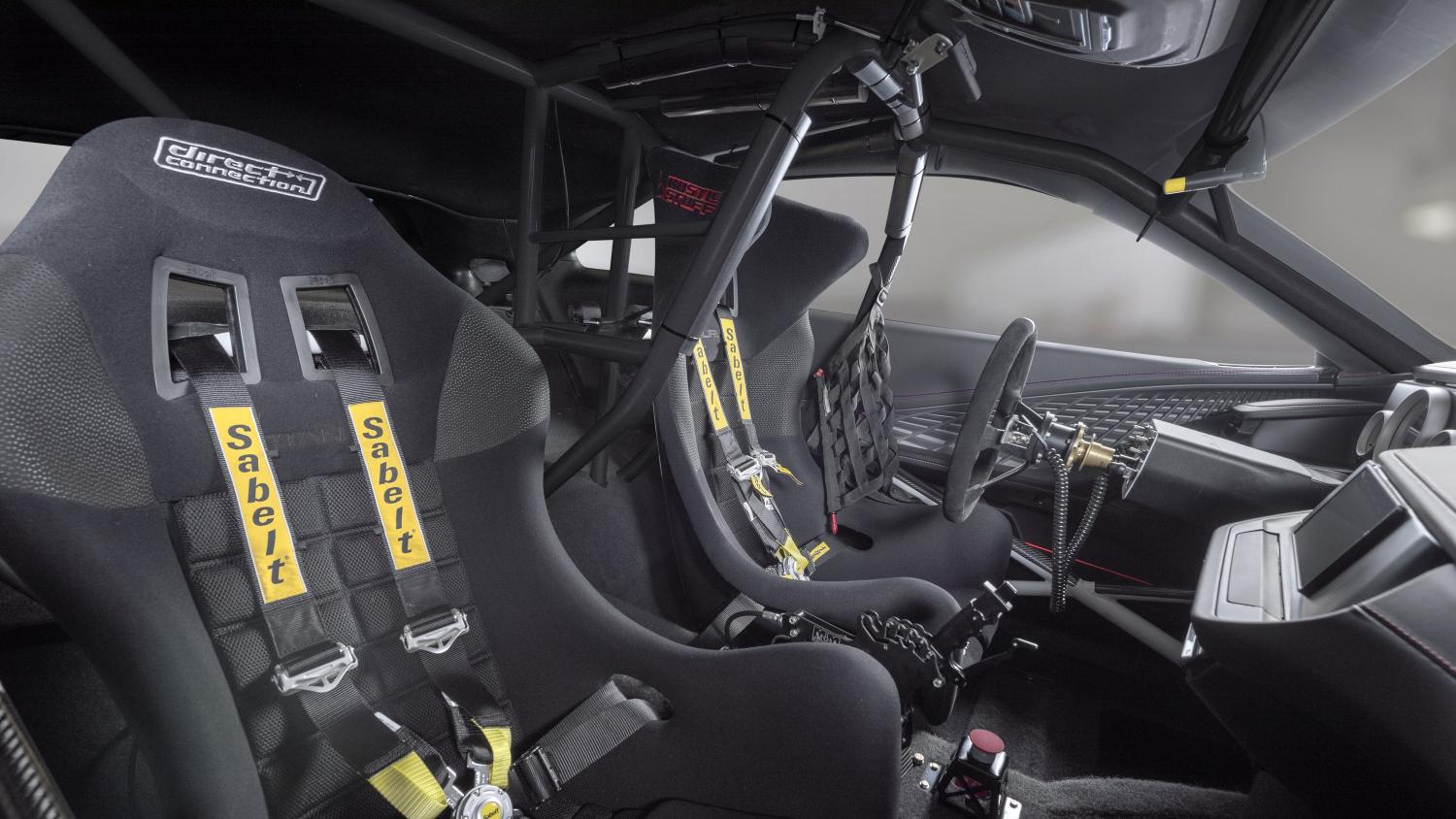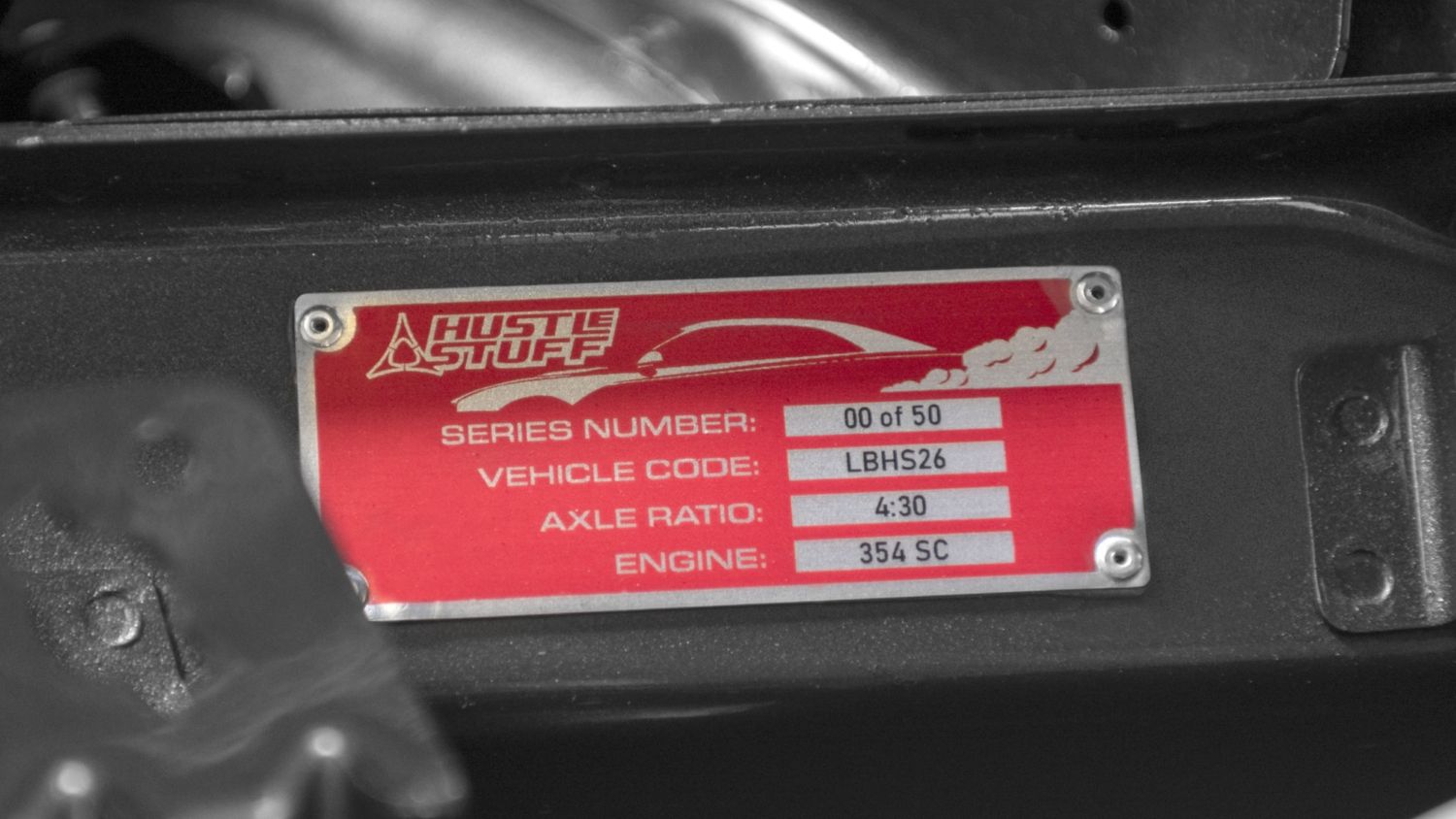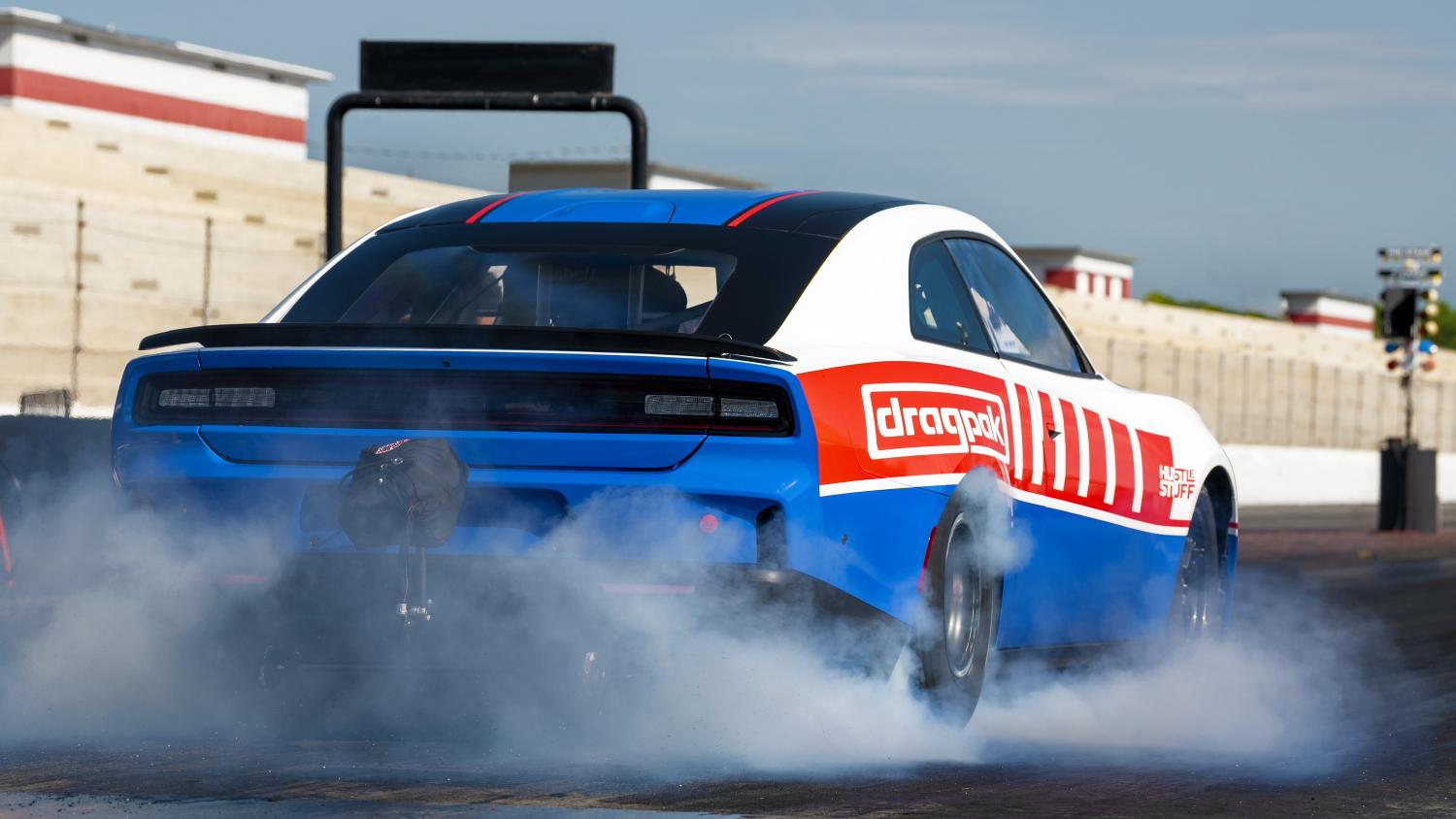Currently listed on AutoHunter is this 2009 Volkswagen New Beetle custom pickup. If you remember the Volkswagen Rabbit pickup from 1979-82, then allow us to introduce its heir apparent! This New Beetle was converted with a kit from Smyth Performance, Inc,. which was founded by the same guy who started Factory Five Racing. Quite a handsome ute, innit? This VW is powered by a 2.5-liter inline-five paired with a six-speed automatic. Other features include a metal bed, power sunroof, air conditioning, power windows and locks, and more. Finished in cream and orange metallic over a custom cream and tan leather interior, this professional pickup conversion is offered by the selling dealer with a clear title.
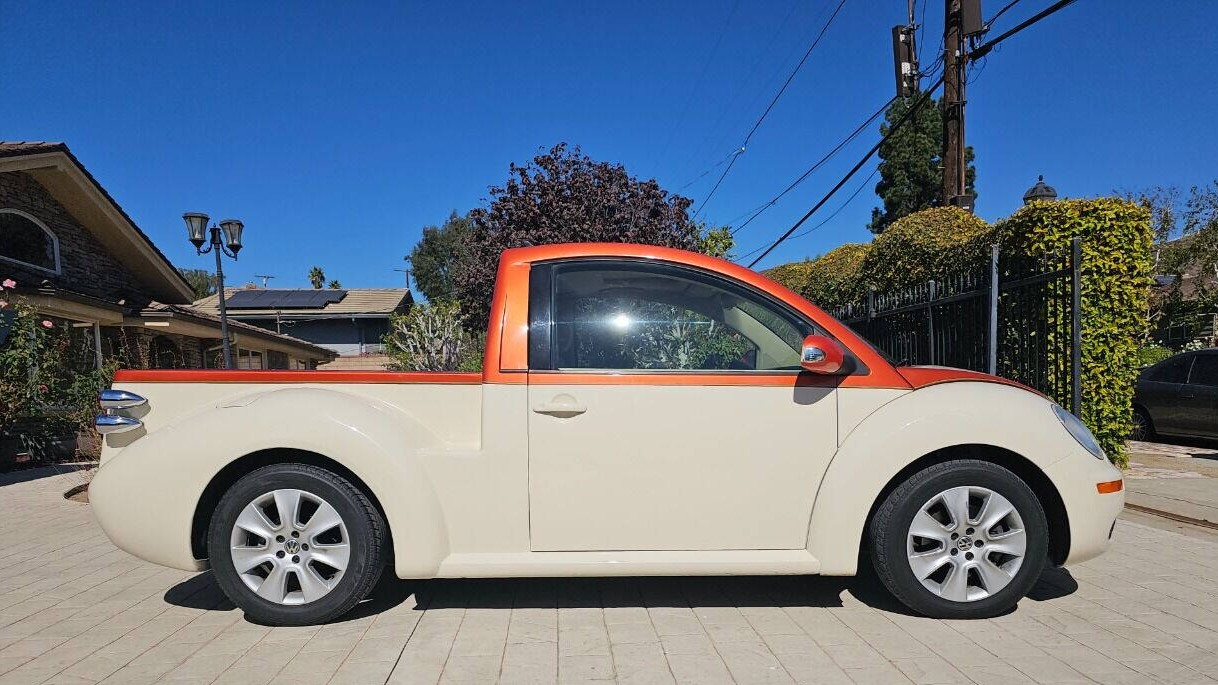
The exterior is painted in a two-tone combination of cream and orange metallic. Unique, aftermarket taillights have replaced the original New Beetle taillights and, boy, do they look good on this vehicle. Other exterior features include color-matched adjustable side mirrors, a power sunroof, and a custom metal bed. A set of 16-inch alloy wheels (with anti-theft wheel locks) is wrapped in 205/55 Kelly Edge A/S radials.
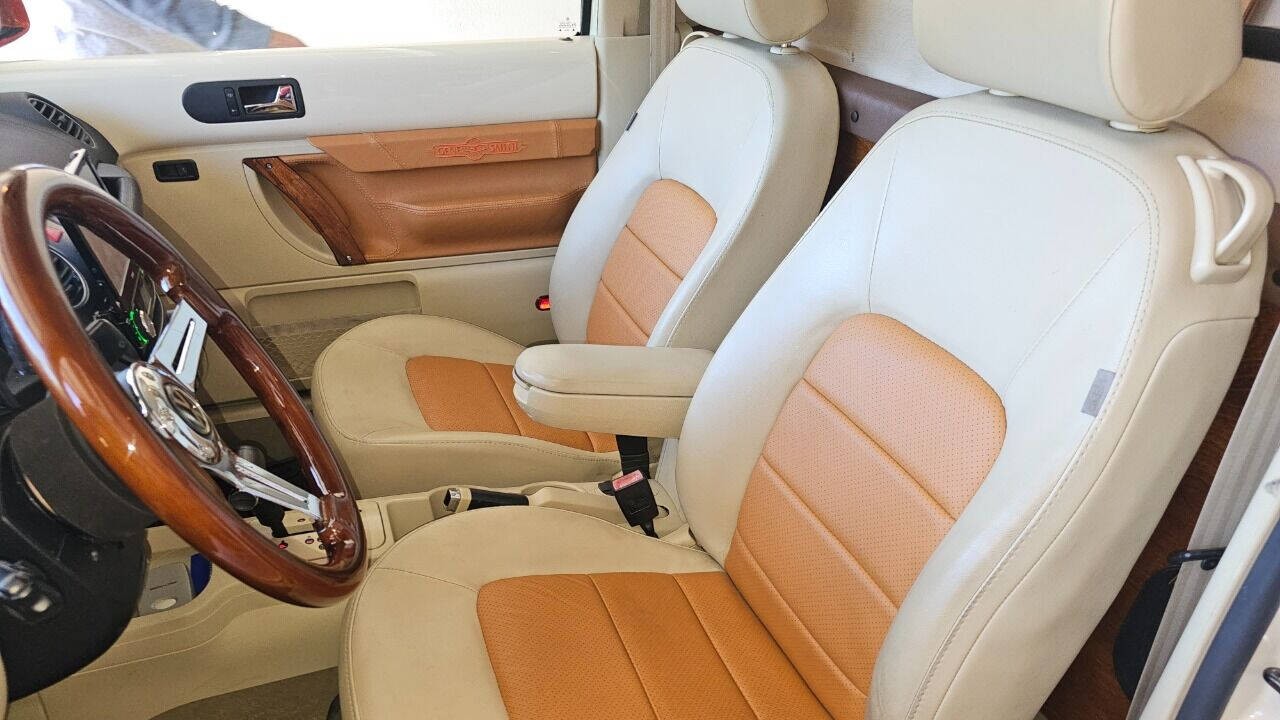
The interior features cream and orange leather upholstery. A set of bucket seats surrounds a console housing an automatic shifter with Tiptronic manual control and a sport mode. Other features include air conditioning, an aftermarket three-spoke wooden steering wheel with power steering, power windows and locks, and aftermarket Jensen AM/FM stereo with USB and Bluetooth compatibility.

Instruments include a 160-mph speedometer, 7,000-rpm tachometer, and fuel gauge. The odometer currently reads 63,853 miles, which is the true mileage, according to the seller.
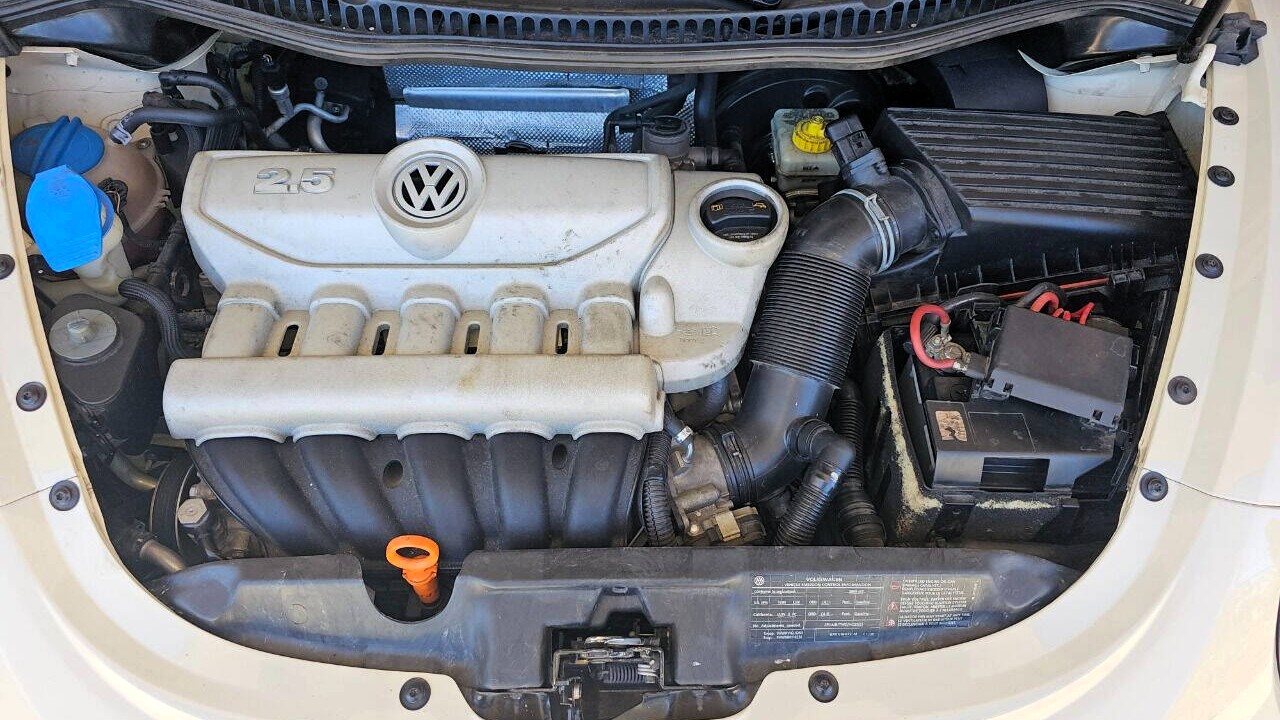
Powering this Volkswagen is a fuel-injected 2.5-liter DOHC inline-five that was rated at 150 horsepower when new. It is paired with a six-speed automatic.
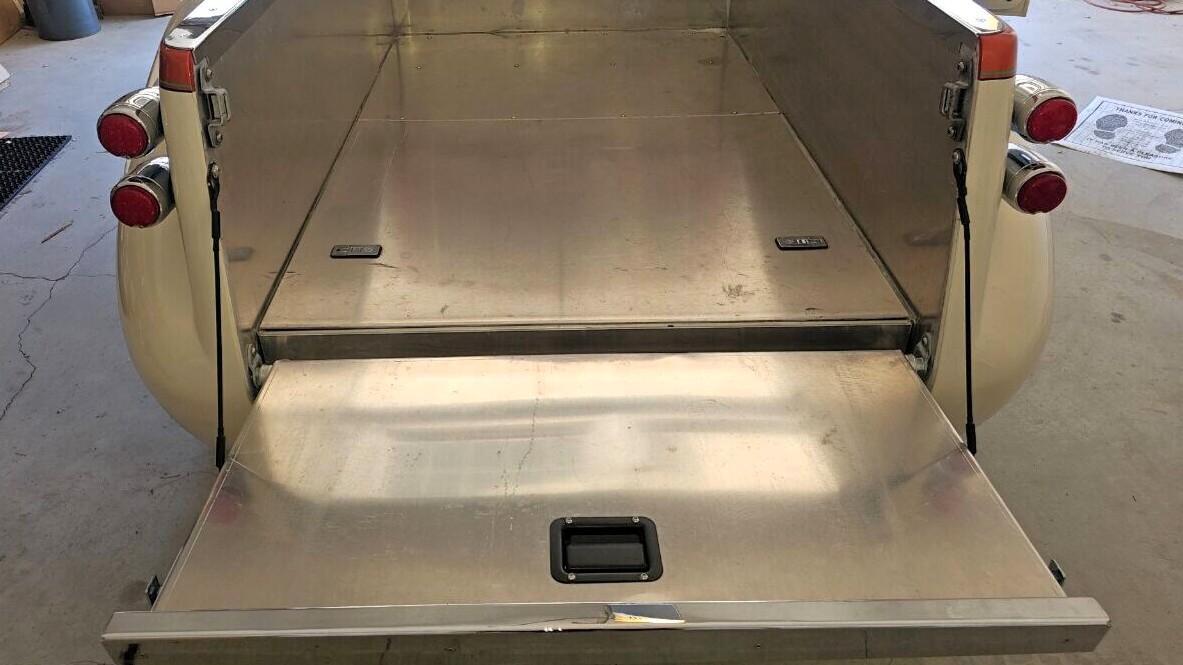
The undercarriage features four-wheel disc brakes, Anti-Slip Regulation, 4.24 gears, and a single-exit exhaust system.
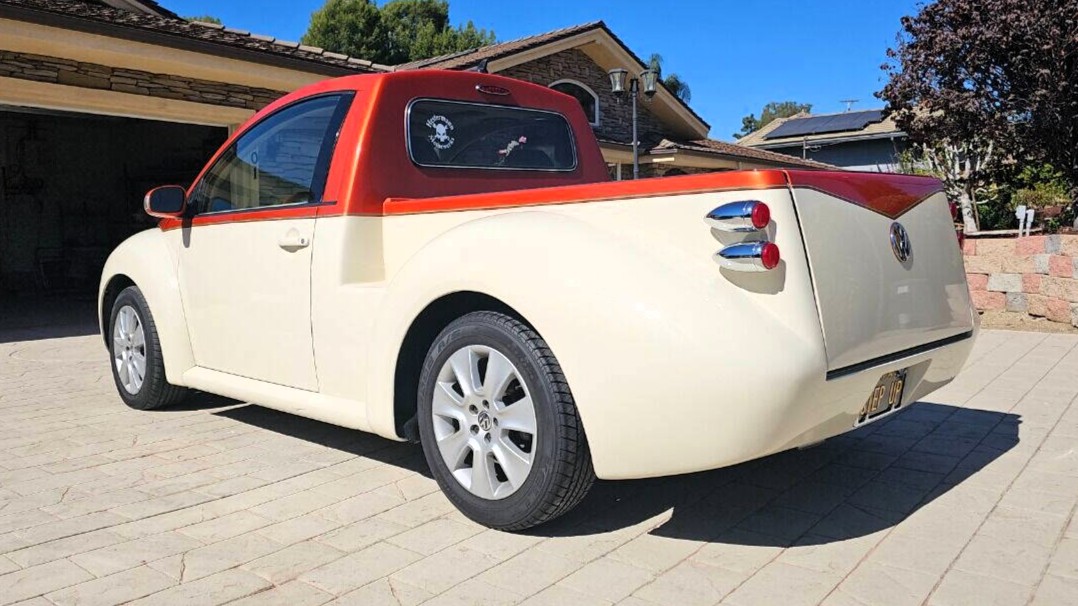
Light-duty pickups come and go, with the Honda Ridgeline bringing it back to the market (now joined by the Hyundai Santa Cruz). Neither of those have the style of our AutoHunter Spotlight, this 2009 Volkswagen New Beetle custom pickup. And neither of those have the quasi-Audi feel that Volkswagens of this era have baked in. Is your curiosity piqued? If so, you have some time to sneak in a bid or two, but not forever—once the clock strikes 12:15 p.m. (MST) on Friday, November 14, 2025, your chance for utilitarian fun will expire. Happy bidding!
Visit the AutoHunter listing for more information and a photo gallery

